$80.00 Original price was: $80.00.$60.00Current price is: $60.00.
25% Off
50 in stock

4746 Tipple Road New York 48449
Mobile : 1.800.000.0000
Email : [email protected]
© Copyright 2010 - 2025 | All Rights Reserved | Powered by NXDPRO Solutions
The adductor magnus is a large muscle located on the inner thigh, and it is responsible for bringing the leg towards the center of the body. Here are some exercises that can target the adductor magnus:
The semimembranosus is a muscle located in the back of the thigh. It is part of the hamstring muscle group and is responsible for flexing the knee and extending the hip joint. Here is a workout that can help strengthen and tone the semimembranosus muscle:
Remember to warm up before starting any exercise routine and consult with a fitness professional if you are unsure about proper form or technique.
The semitendinosus is one of the muscles located in the back of the thigh, and it plays an important role in hip extension, knee flexion, and overall lower body strength. Here are a few exercises that can help target and strengthen the semitendinosus:
Remember to always warm up properly before starting any exercise, and to consult with a qualified fitness professional if you have any concerns or questions about your workout routine.
The biceps femoris is a muscle located in the back of the thigh and is one of the three muscles that make up the hamstring muscle group. Here is a workout that can help target and strengthen the biceps femoris:
It is essential to warm up before starting any workout routine, and if you have any medical conditions, consult with your doctor before starting a new exercise program.
If you’re looking to work out your gluteus maximus, there are several exercises you can try:
Remember to always start with a warm-up and to use proper form to avoid injury. Additionally, it’s important to gradually increase the weight and intensity of your workouts over time to see progress.
The flexor carpi ulnaris is a muscle located in the forearm that is responsible for wrist flexion and adduction. Here is a workout you can do to strengthen this muscle:
Remember to warm up before your workout and stretch your muscles afterwards to prevent injury.
The extensor carpi ulnaris is a forearm muscle that helps with wrist extension and ulnar deviation. Here’s a workout that can help you target this muscle:
Remember to start with a light weight and gradually increase as you get stronger. Also, be sure to warm up before starting any exercise routine and stretch afterwards to prevent injury.
Here’s a workout for your triceps brachii:
Remember to start with a weight that you can comfortably lift and gradually increase the weight as you get stronger. Additionally, make sure to stretch before and after your workout to prevent injury and aid in muscle recovery.
The latissimus dorsi, also known as the “lats,” are the large muscles located on either side of your back. These muscles are responsible for pulling your arms down and back towards your body. Here are a few exercises that can help you target and strengthen your latissimus dorsi:
Remember to warm up before performing any of these exercises and to start with a weight that you can handle comfortably. Increase the weight gradually as you get stronger.
The teres major is a small muscle located on the back of the shoulder and is responsible for shoulder extension, adduction, and medial rotation. Here are a few exercises that can help target the teres major:
Remember to always warm up properly before exercising and to consult with a healthcare professional before starting a new exercise routine.
The infraspinatus is a small muscle located in the shoulder that helps to externally rotate the arm. Here’s a workout that targets the infraspinatus:
It’s important to start with lighter weights and gradually increase as you build strength. As with any exercise, it’s also important to use proper form and to stop if you feel any pain or discomfort.
The peroneus longus is a muscle located in the lower leg that is responsible for stabilizing the ankle and foot during movement. Here is a workout routine that can help strengthen the peroneus longus:
Remember to always warm up before exercising and to stretch afterwards to prevent injury. It’s also important to gradually increase the intensity and duration of your workouts over time.
The tibialis anterior is a muscle located in the front of the lower leg, responsible for dorsiflexion (lifting the foot upwards) and inversion (turning the foot inwards). Here are some exercises that can help you target the tibialis anterior:
Remember to start with a light weight or resistance and gradually increase as you get stronger. Always warm up before exercising and consult a doctor or trainer if you have any health concerns or injuries.
The soleus is a muscle located in the calf, beneath the larger gastrocnemius muscle. It is responsible for plantar flexion of the foot and stabilization of the ankle joint. Here are some exercises that can help to strengthen the soleus:
Remember to warm up before starting your workout and to stretch your calf muscles after your workout. It’s also important to start with lighter weights or fewer reps and gradually increase the intensity and duration of your workouts over time.
The gastrocnemius muscle, also known as the calf muscle, is located at the back of the lower leg and plays an important role in walking, running, and jumping. Here are a few exercises you can do to strengthen and tone your gastrocnemius muscles:
Remember to warm up before any exercise and to stretch properly afterward. Also, consider consulting with a fitness professional before starting a new workout routine, especially if you have any pre-existing medical conditions or injuries.
The gracilis muscle is a long, thin muscle that runs down the inner thigh. It helps to adduct the thigh (bringing it towards the midline of the body) and also assists with flexing the knee. Here are some exercises that can help strengthen and tone the gracilis muscle:
Remember to warm up before exercising and cool down after with some gentle stretches. Consult with a fitness professional or doctor before starting any new exercise routine, especially if you have any pre-existing conditions or injuries.
The vastus medialis is a muscle located in the thigh that is responsible for extending the leg at the knee joint. To target this muscle, here are some exercises you can try:
Remember to always warm up before your workout and stretch afterwards to prevent injury and improve flexibility.
The adductor longus is a muscle located in the inner thigh. Here is a workout that you can do to target this muscle:
Remember to start with lighter weights and gradually increase the intensity as you get stronger. Also, be sure to warm up before starting your workout and cool down with stretches afterwards.
The pectineus is a small muscle located in the upper thigh, and it is often overlooked in many workout routines. However, it can play a significant role in stabilizing the hip joint and assisting with movements such as walking, running, and jumping. Here are a few exercises that can help target and strengthen the pectineus muscle:
Remember to warm up properly before any workout and consult a fitness professional if you are unsure about proper form or technique. Additionally, it is essential to vary your workouts and include exercises that target all the major muscle groups to achieve a balanced and effective workout routine.
The sartorius muscle is a long and thin muscle located in the thigh that runs from the hip to the inner knee. It is responsible for flexing, abducting, and rotating the thigh. Here’s a workout that can help strengthen and tone the sartorius muscle:
Remember to warm up before starting your workout and cool down afterwards. Start with a weight or resistance level that feels challenging but manageable, and gradually increase as you get stronger. It’s also important to listen to your body and avoid pushing yourself too hard, as overexertion can lead to injury.
The rectus femoris is a muscle located in the front of the thigh that helps to extend the knee and flex the hip. Here are some exercises that can help you target and strengthen this muscle:
Remember to warm up properly before starting any exercise and to stretch afterward to prevent injury and aid in muscle recovery. It’s also important to start with a weight or resistance that is appropriate for your fitness level and gradually increase as you get stronger.
The vastus lateralis is one of the four muscles that make up the quadriceps, and it is located on the outer side of the thigh. Here are some exercises that can help target and strengthen the vastus lateralis:
Remember to consult with a certified personal trainer or healthcare professional before starting any new exercise program, especially if you have a history of injuries or medical conditions.
The gluteus medius is an important muscle that helps to stabilize the pelvis during movement and also plays a key role in hip abduction. Here are some exercises that target the gluteus medius:
Remember to focus on proper form and control during these exercises to get the most out of your gluteus medius workout.
The palmaris longus is a small muscle located in the forearm, and its primary function is to flex the wrist. Here are some exercises that you can do to strengthen this muscle:
Remember to start with a light weight or resistance and gradually increase as your strength improves. It’s also important to warm up before exercising and to stretch afterwards to prevent injury.
The flexor carpi radialis is a muscle located in the forearm that helps to flex the wrist and abduct the hand. Here is a workout that targets the flexor carpi radialis:
Remember to start with a weight that is comfortable for you, and gradually increase the weight as you get stronger. It’s also important to maintain proper form throughout the exercises to avoid injury.
The brachioradialis muscle is located in the forearm and is responsible for flexing the elbow joint. Here is a workout you can do to target this muscle:
Remember to always warm up before starting any exercise routine and to consult with a fitness professional if you have any concerns or injuries.
Here is a sample workout for biceps brachii:
Remember to always warm up properly before starting your workout and to use proper form throughout each exercise to avoid injury. Also, don’t forget to vary your exercises and rep ranges to keep your biceps challenged and promote growth.
Here is a workout routine that targets the abdominal external oblique muscles:
Remember to perform each exercise with proper form and technique. It’s also important to consult with a certified fitness professional before beginning any new workout routine.
The serratus anterior is a muscle located on the side of the chest, beneath the shoulder blade. It plays a vital role in stabilizing and rotating the shoulder blade, which is necessary for movements like pushing, pulling, and lifting. Here are some exercises that can help target and strengthen the serratus anterior:
Remember to start with lighter weights and gradually increase the resistance as you get stronger. Also, make sure to maintain proper form and avoid using momentum to perform the exercises.
The rectus abdominis, commonly known as the “abs,” is a muscle group that runs vertically from the pubic bone to the sternum. Here are a few exercises that can help target and strengthen this muscle group:
Remember to engage your abs throughout each exercise and focus on quality reps over quantity. Additionally, it’s important to combine these exercises with a balanced diet and regular cardiovascular exercise for optimal results.
Here is a workout routine for targeting the pectoralis major muscles:
Remember to always use proper form and start with lighter weights if you’re new to these exercises. Gradually increase the weight as you become more comfortable and stronger.
There are many exercises you can do to target your deltoid muscles, which are located in your shoulders. Here are a few:
It’s important to use proper form and start with a weight that you can handle comfortably, gradually increasing the weight as you get stronger. And always remember to warm up before starting any exercise routine.
The trapezius is a large muscle located in your upper back, which is responsible for shoulder movement and helps to stabilize the shoulder blades. Here’s a workout for your trapezius:
Make sure to use proper form and start with a weight that challenges you but allows you to complete the recommended number of reps. Over time, gradually increase the weight as you get stronger.

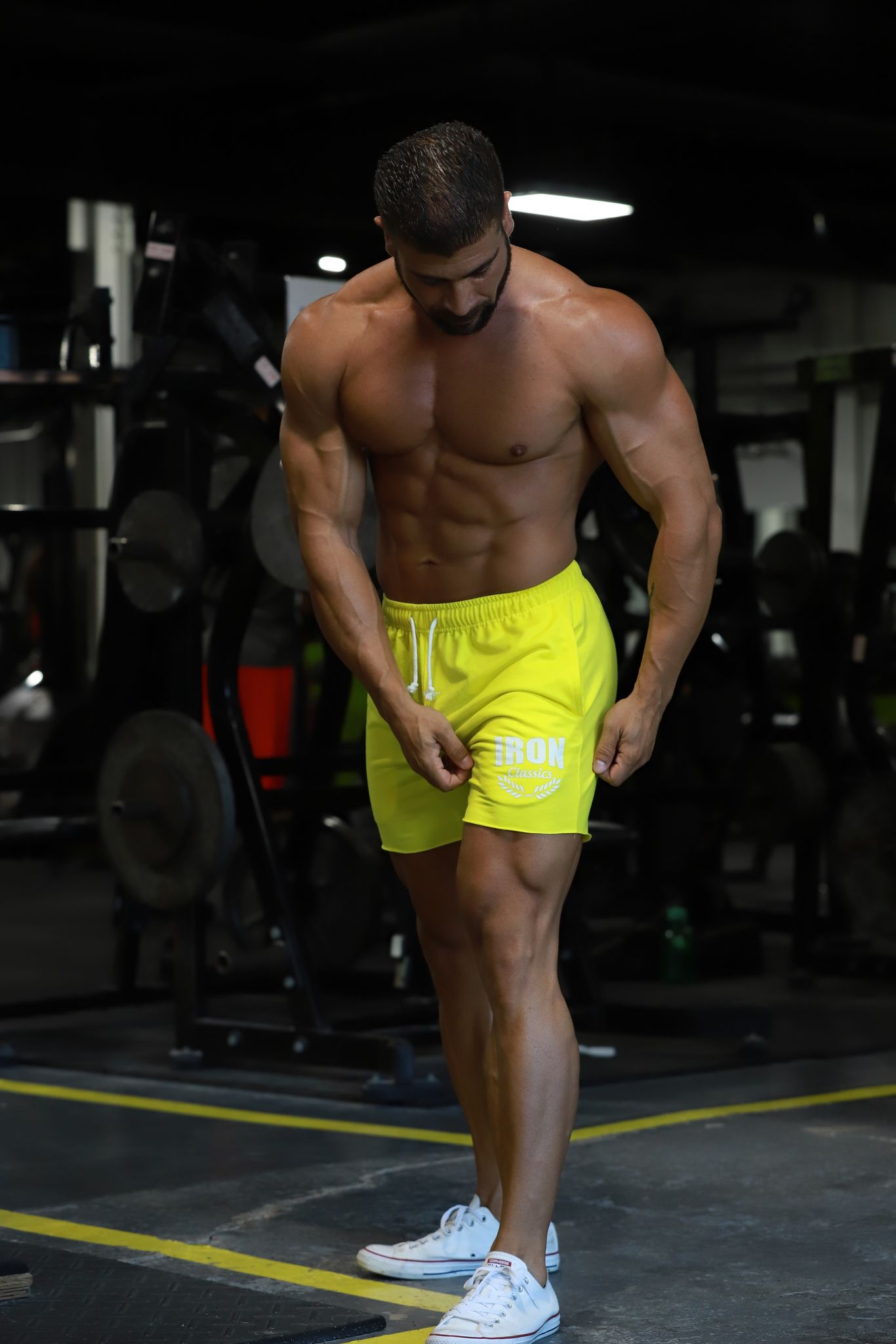
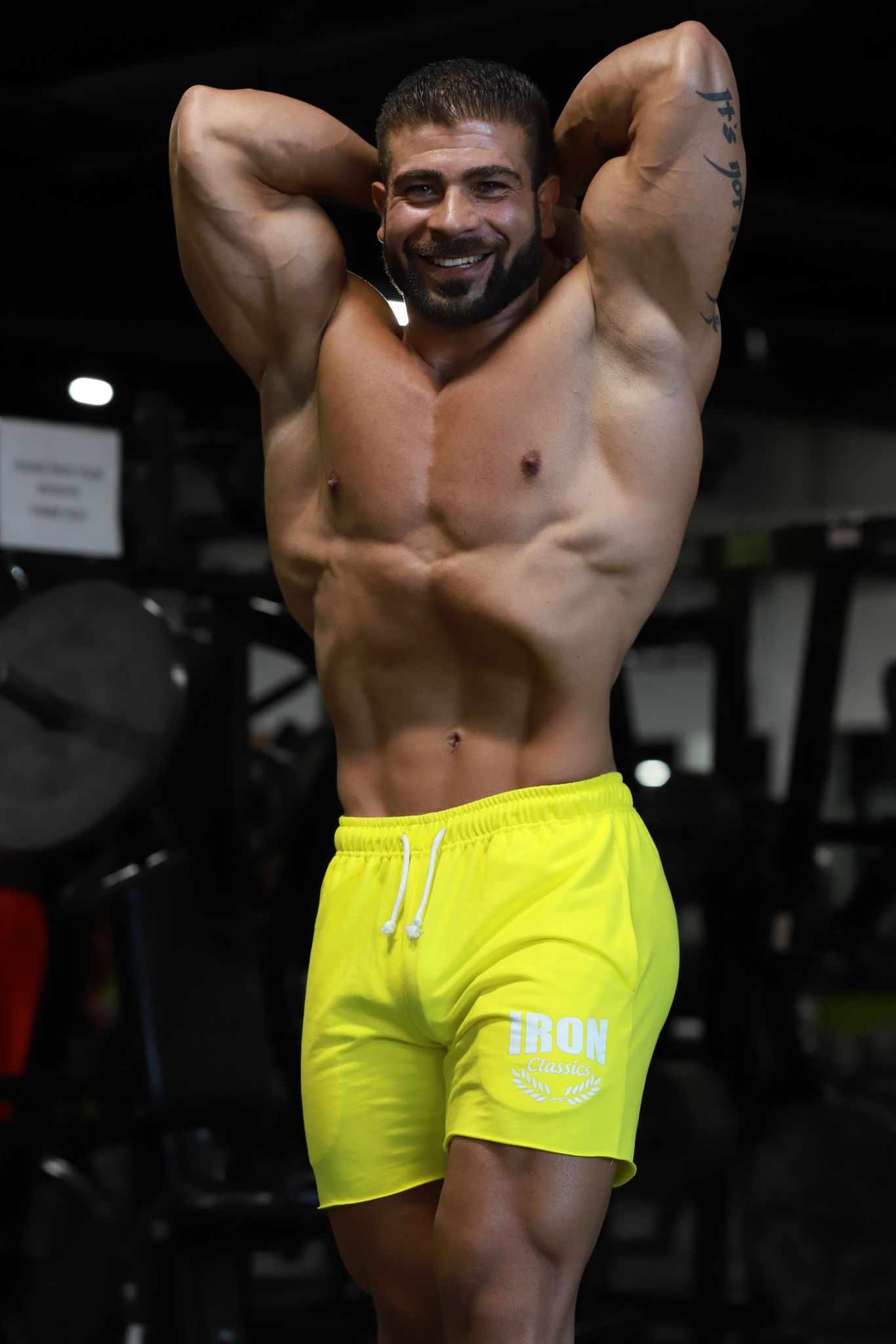
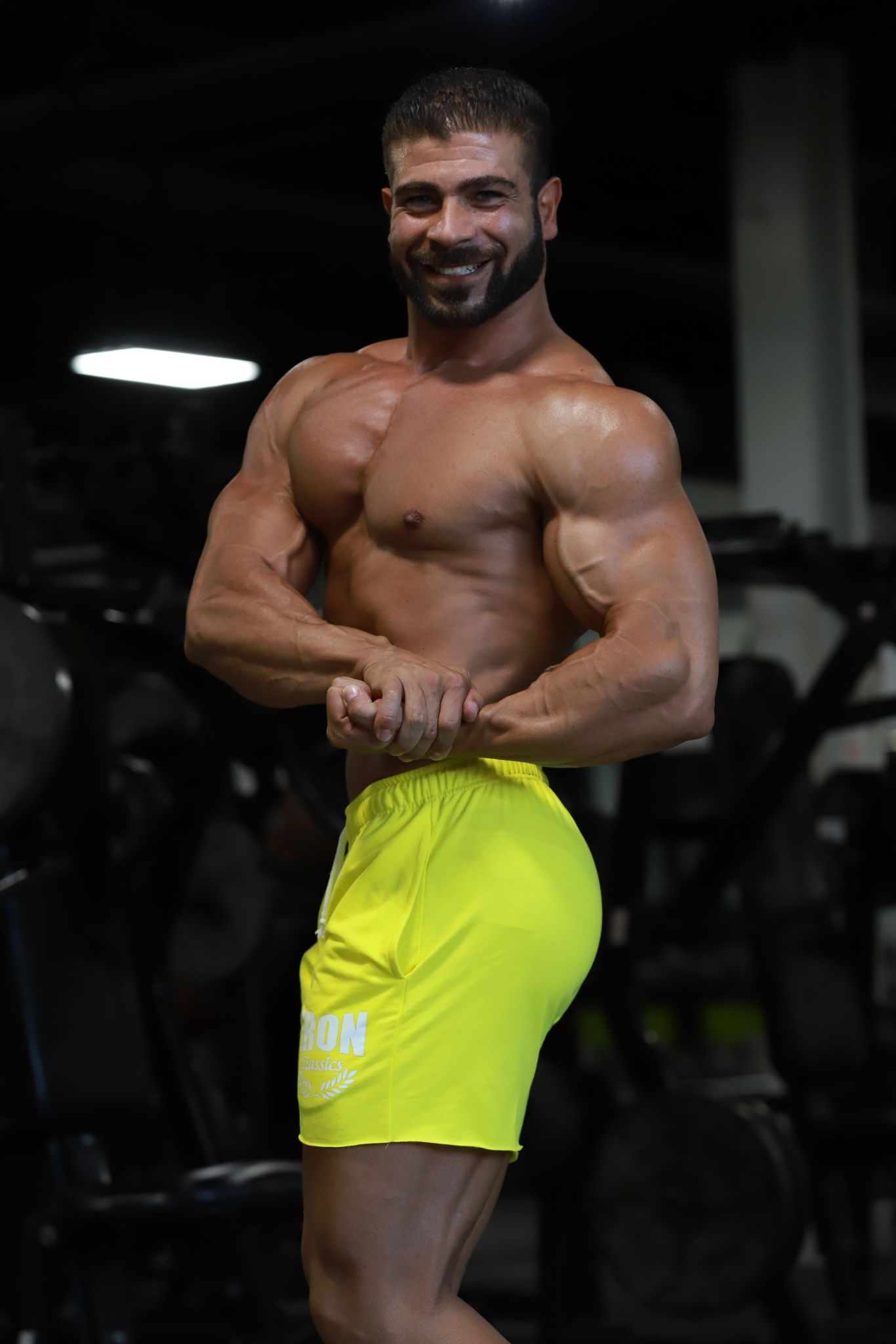
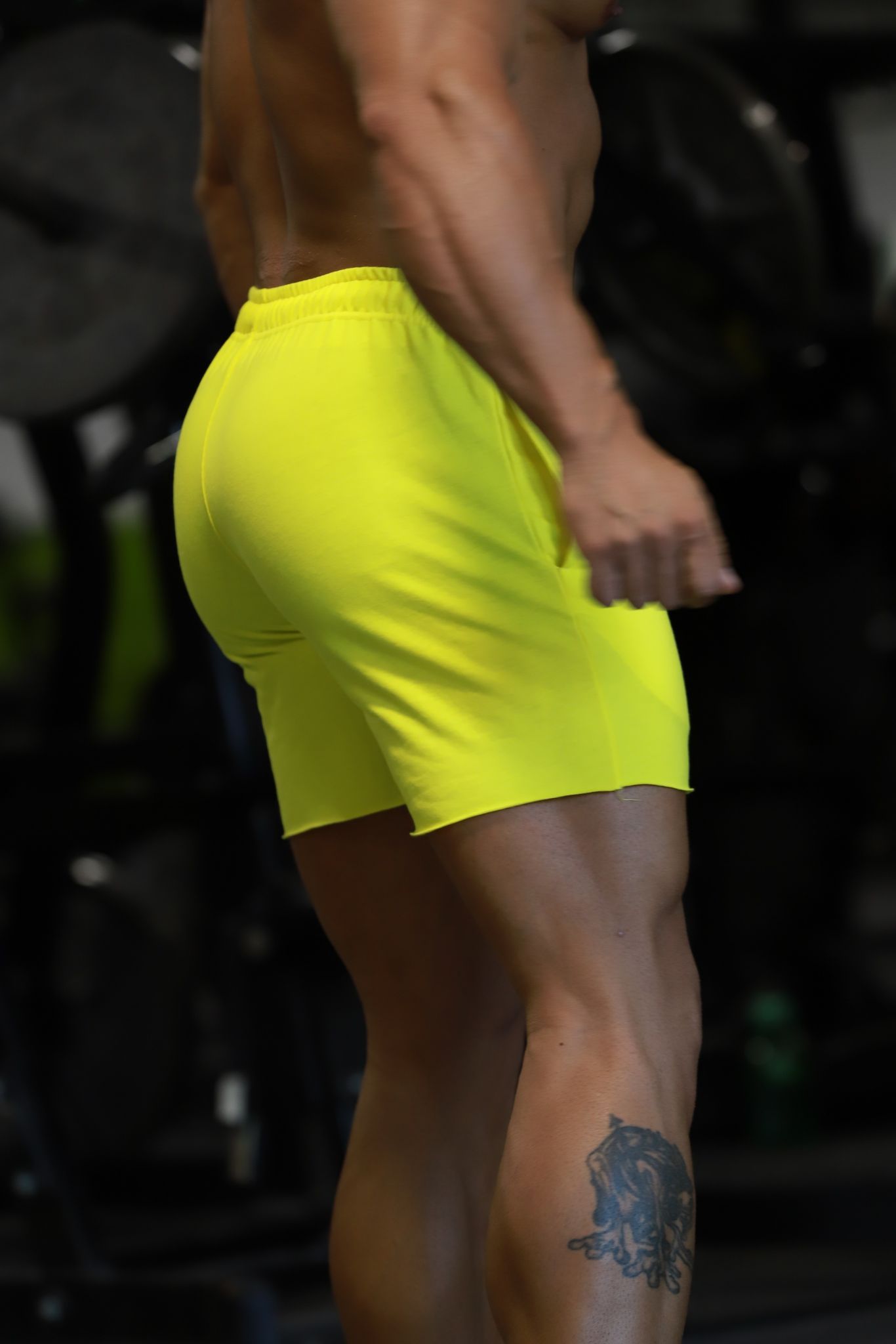
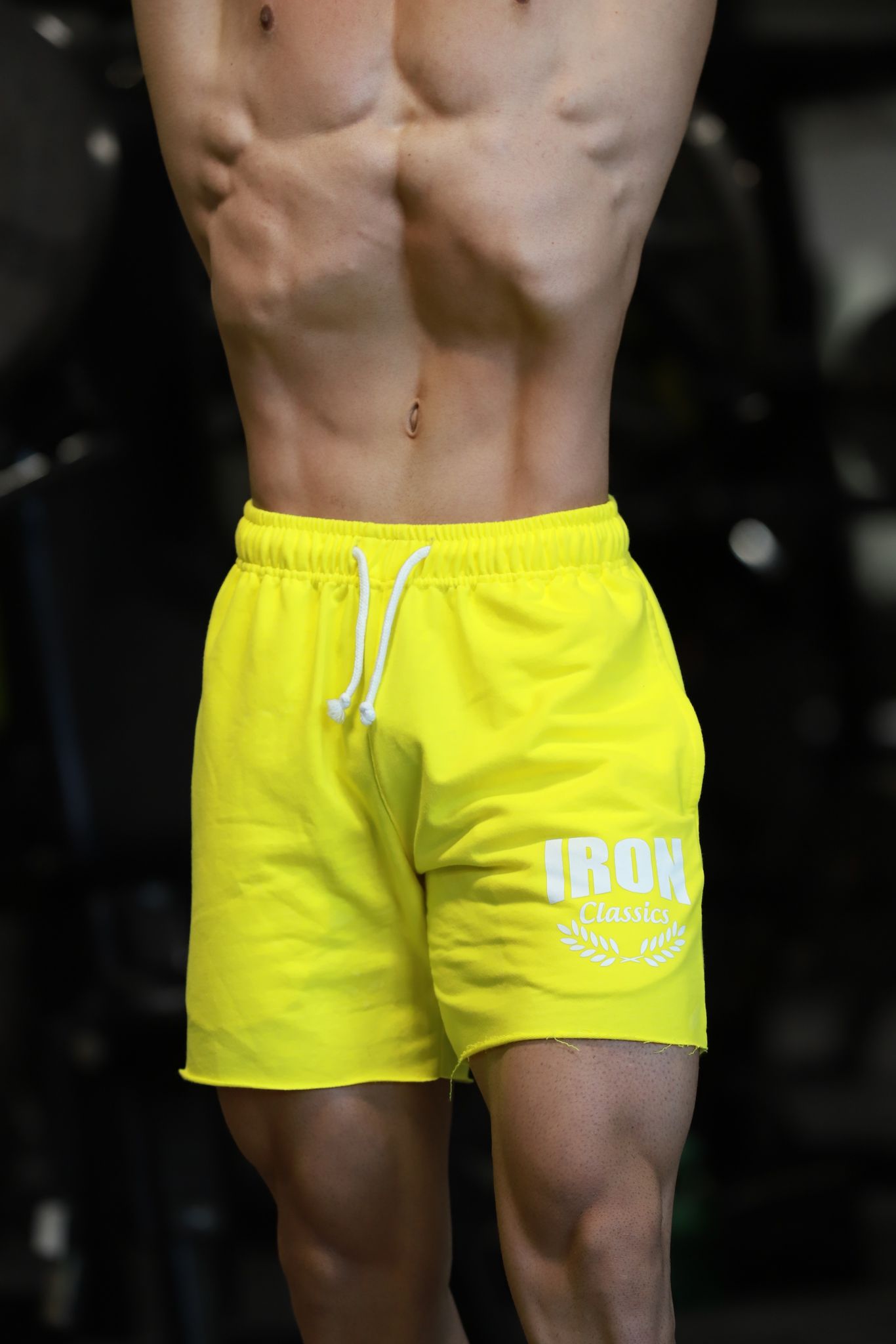
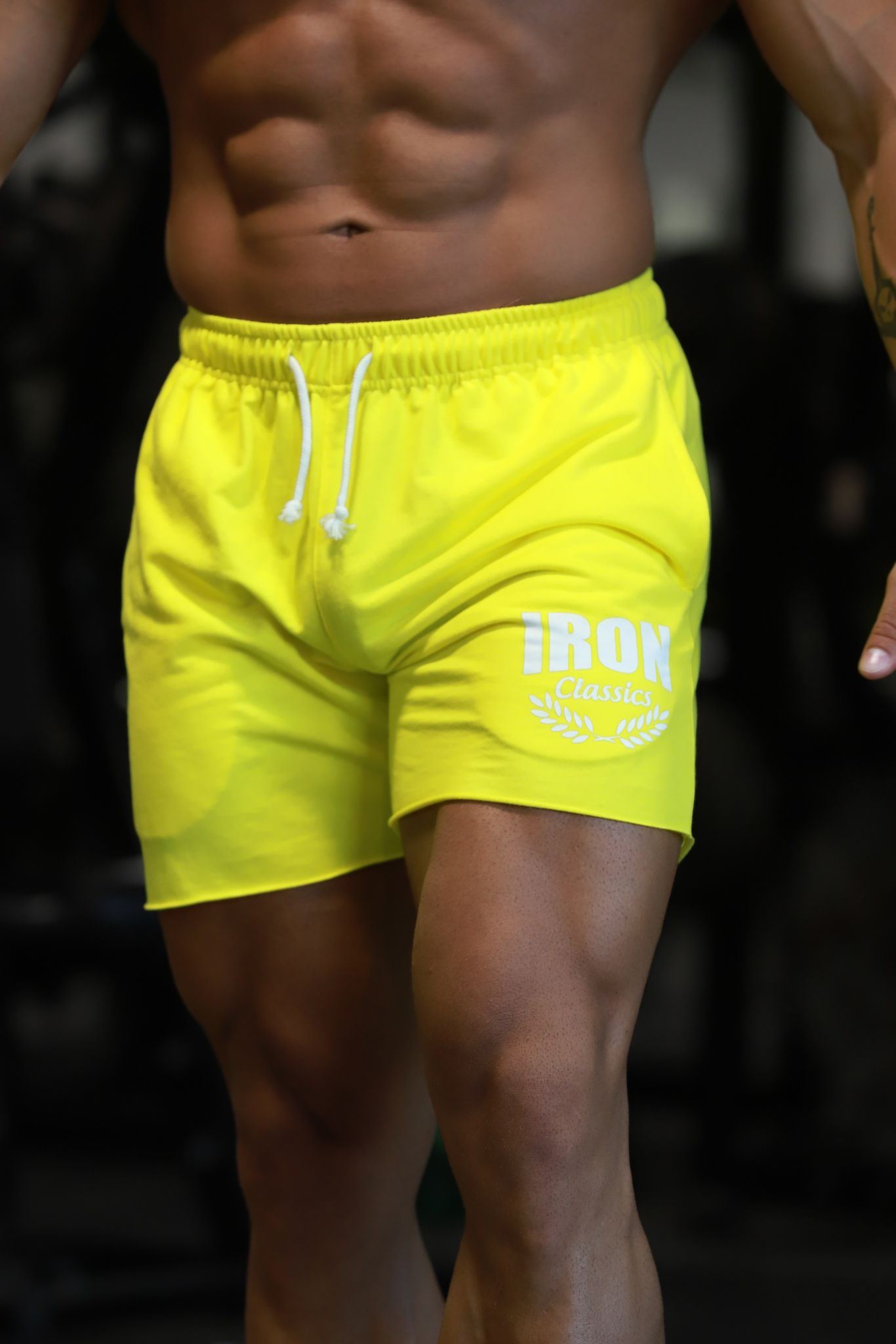
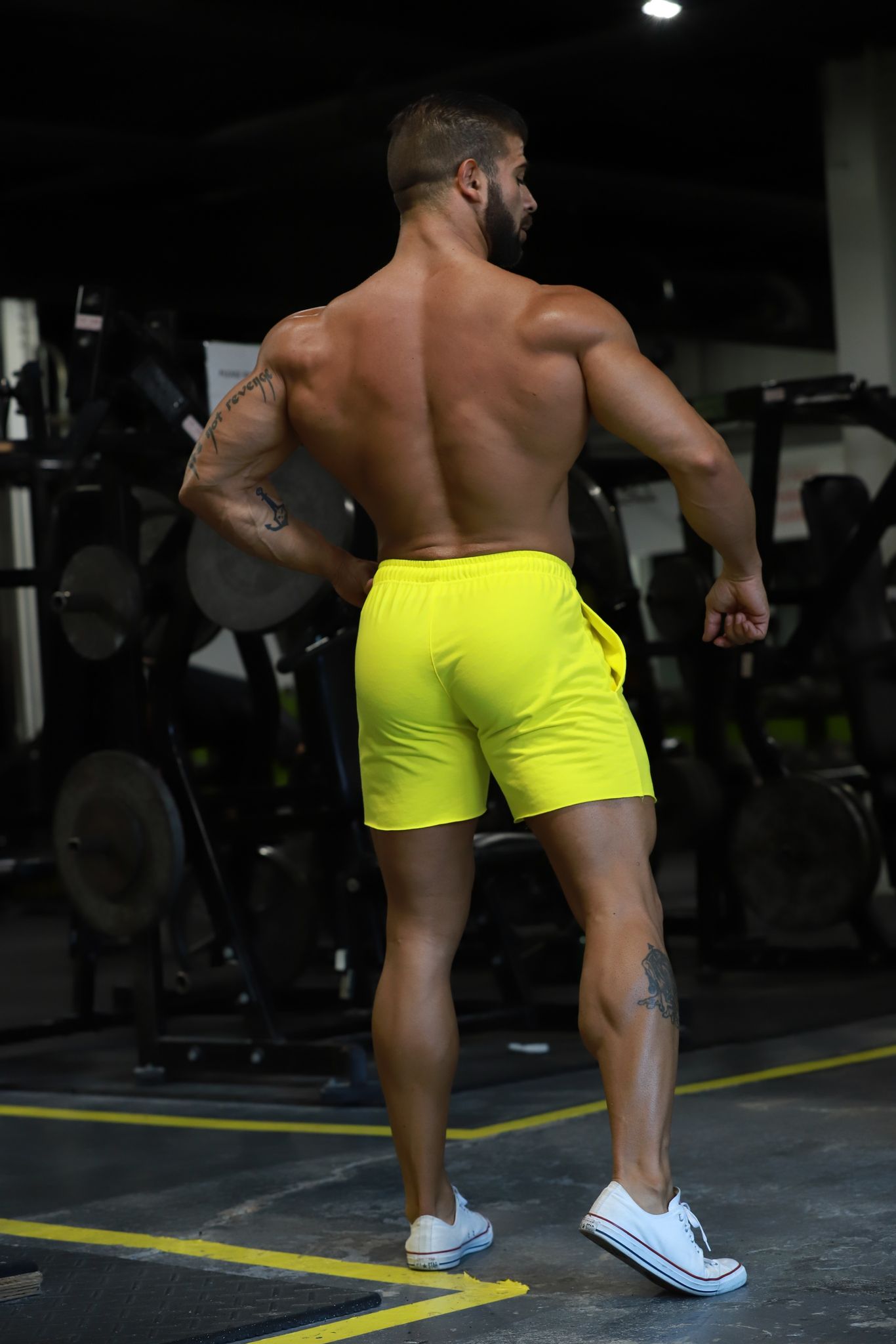
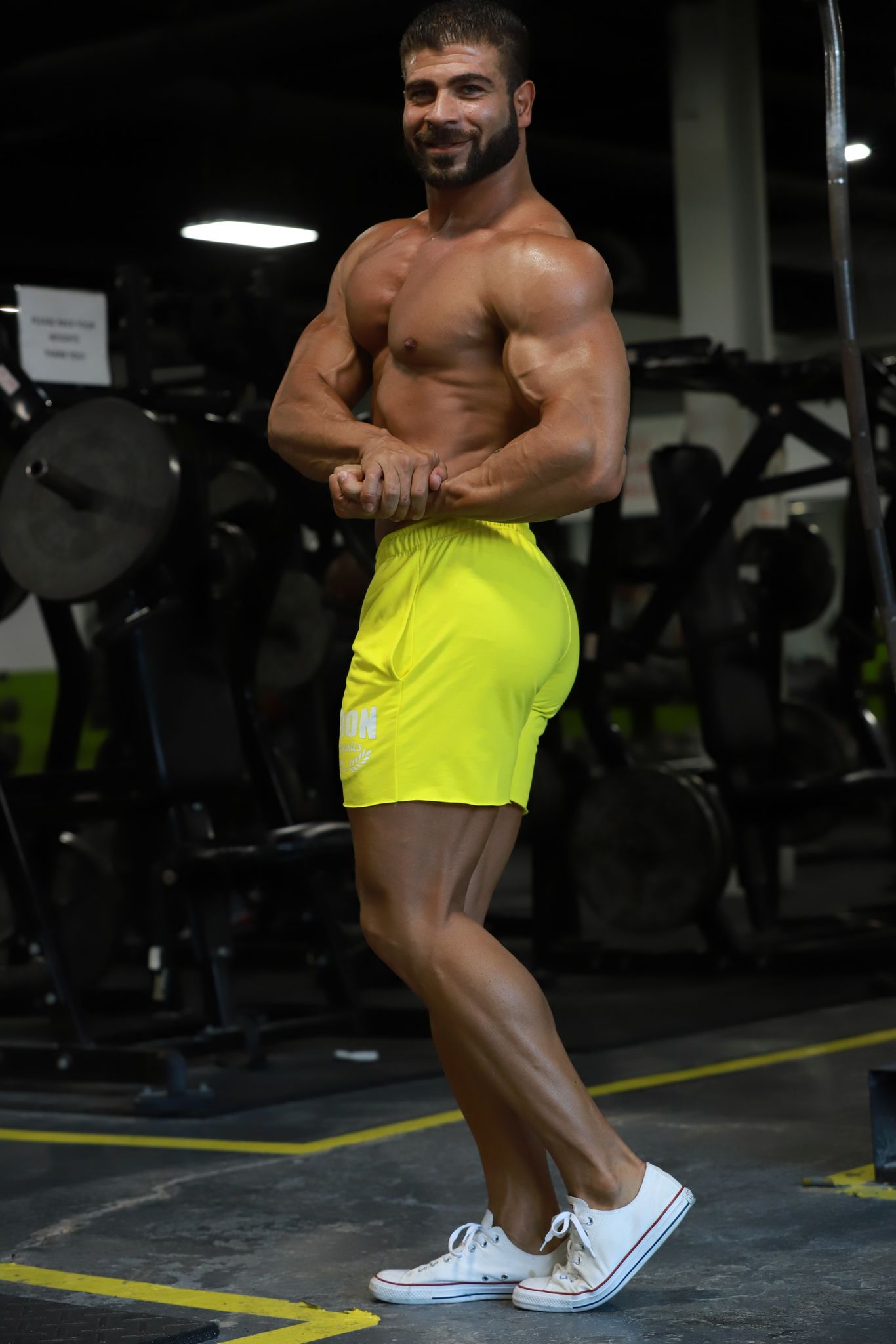
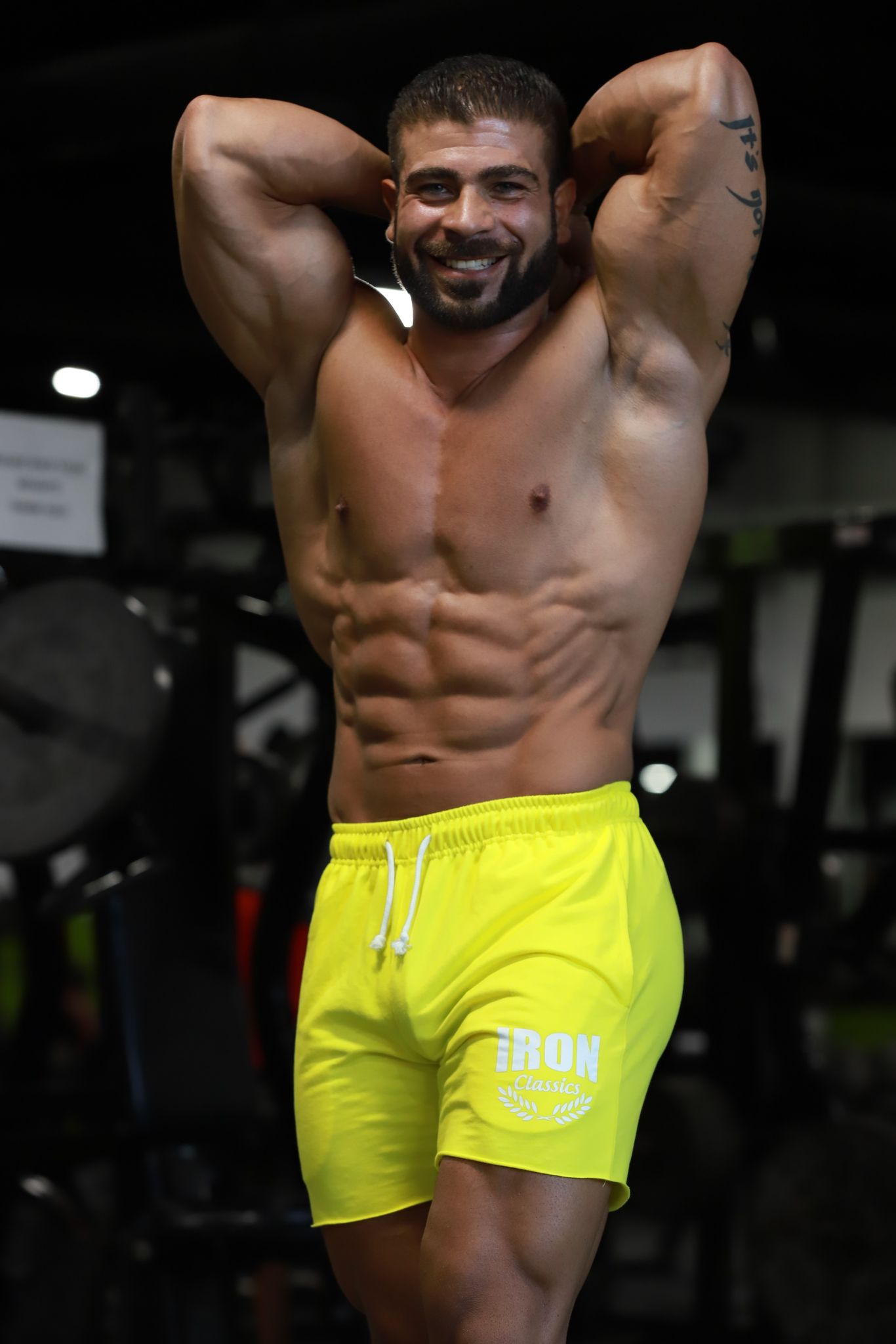
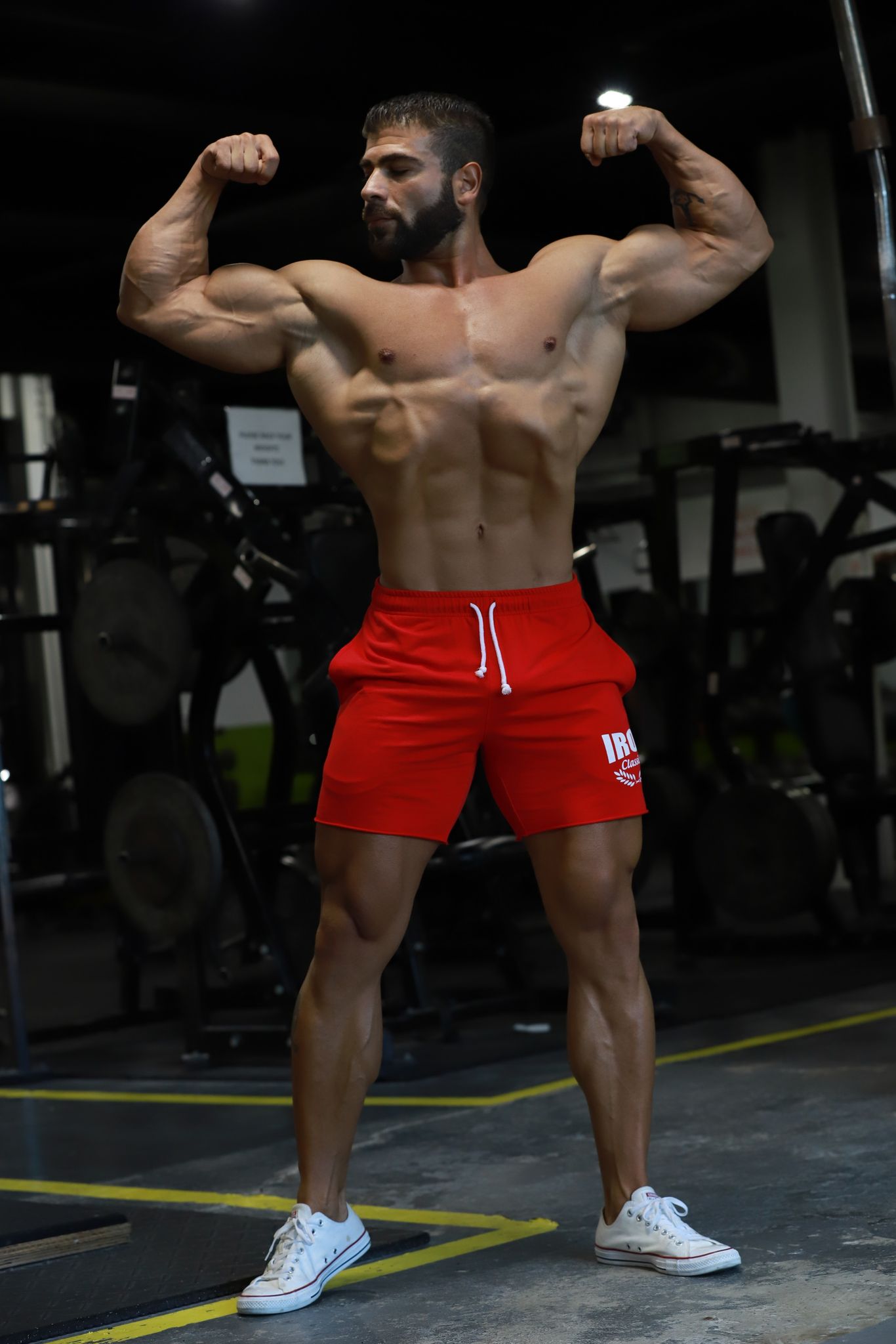
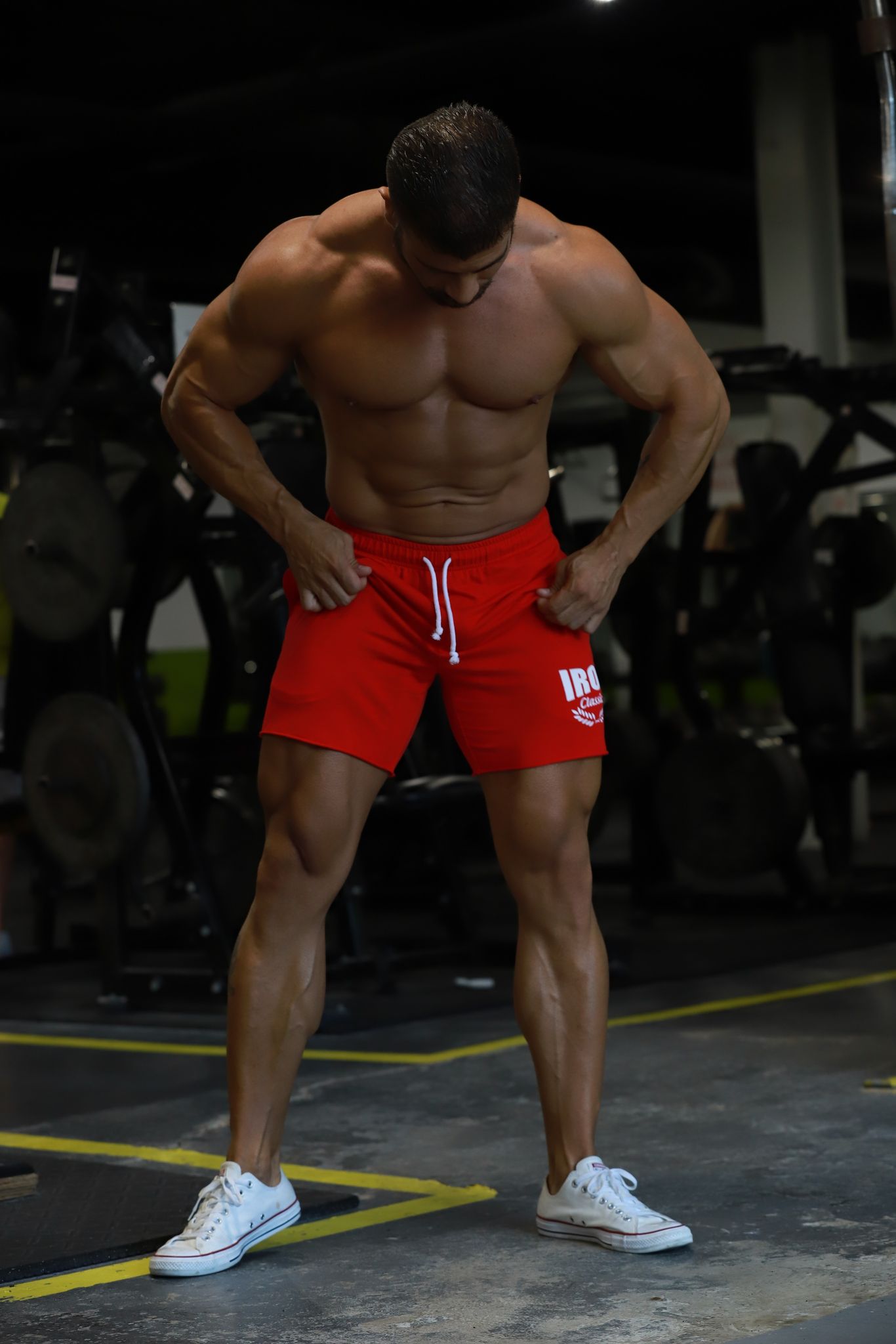
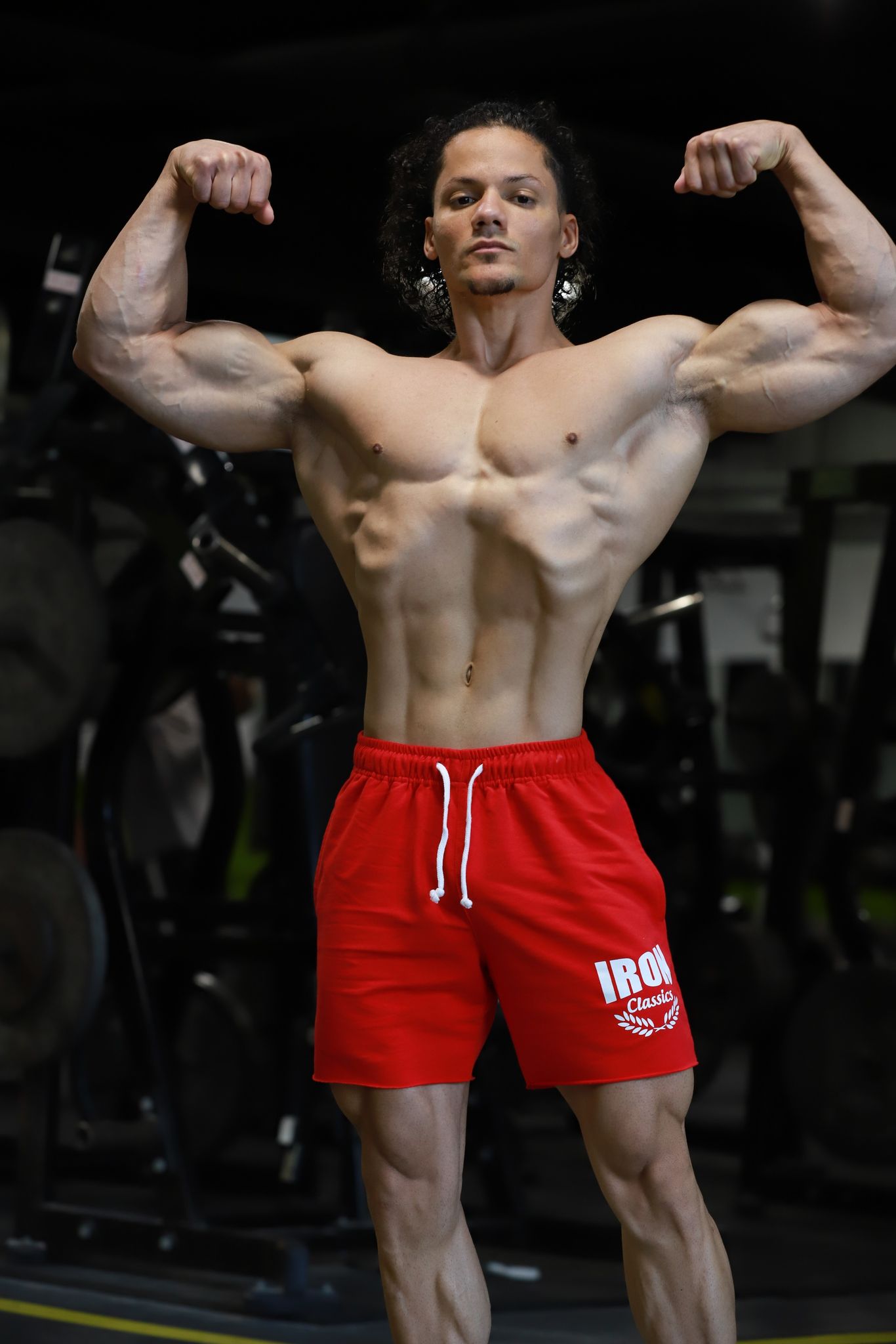
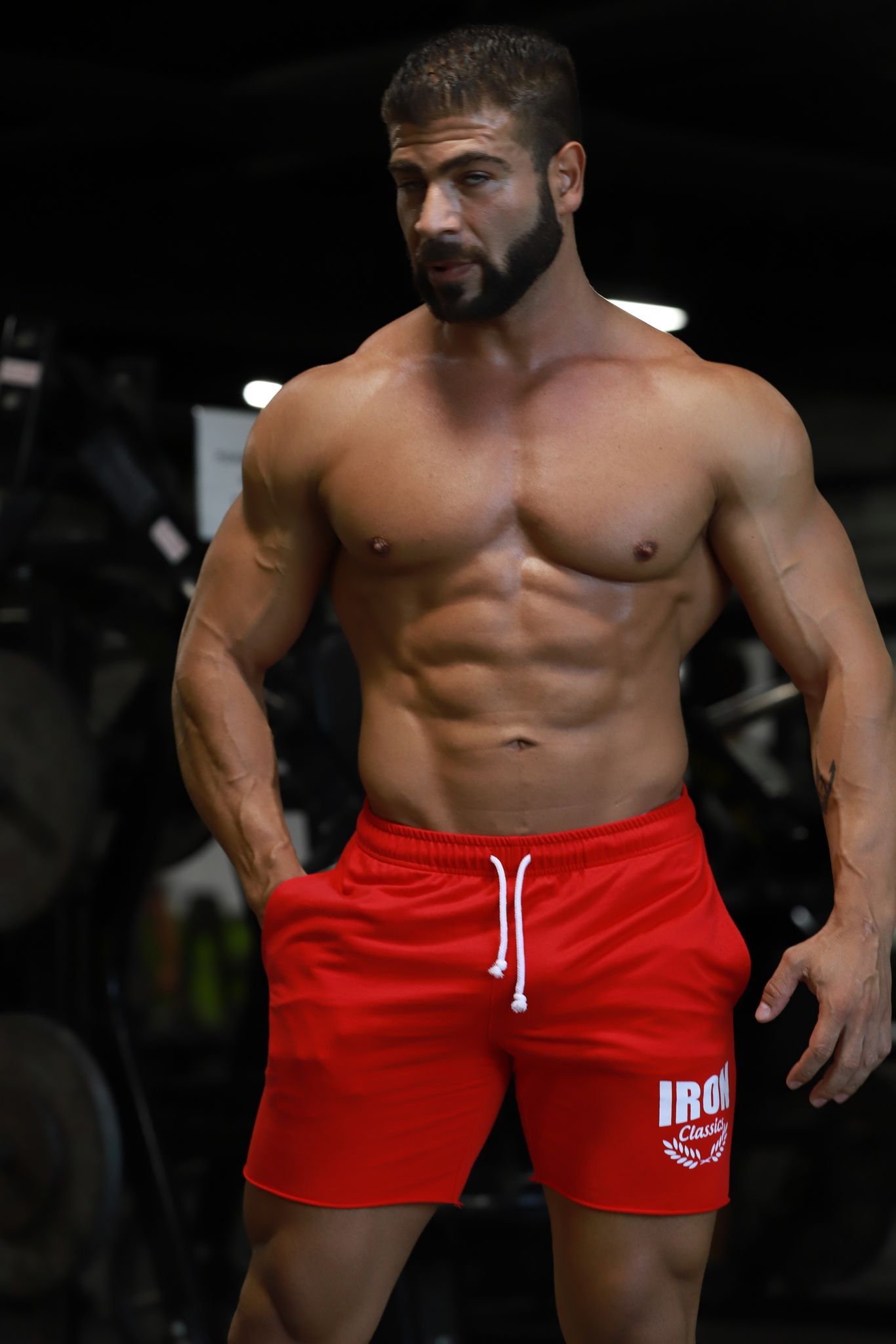
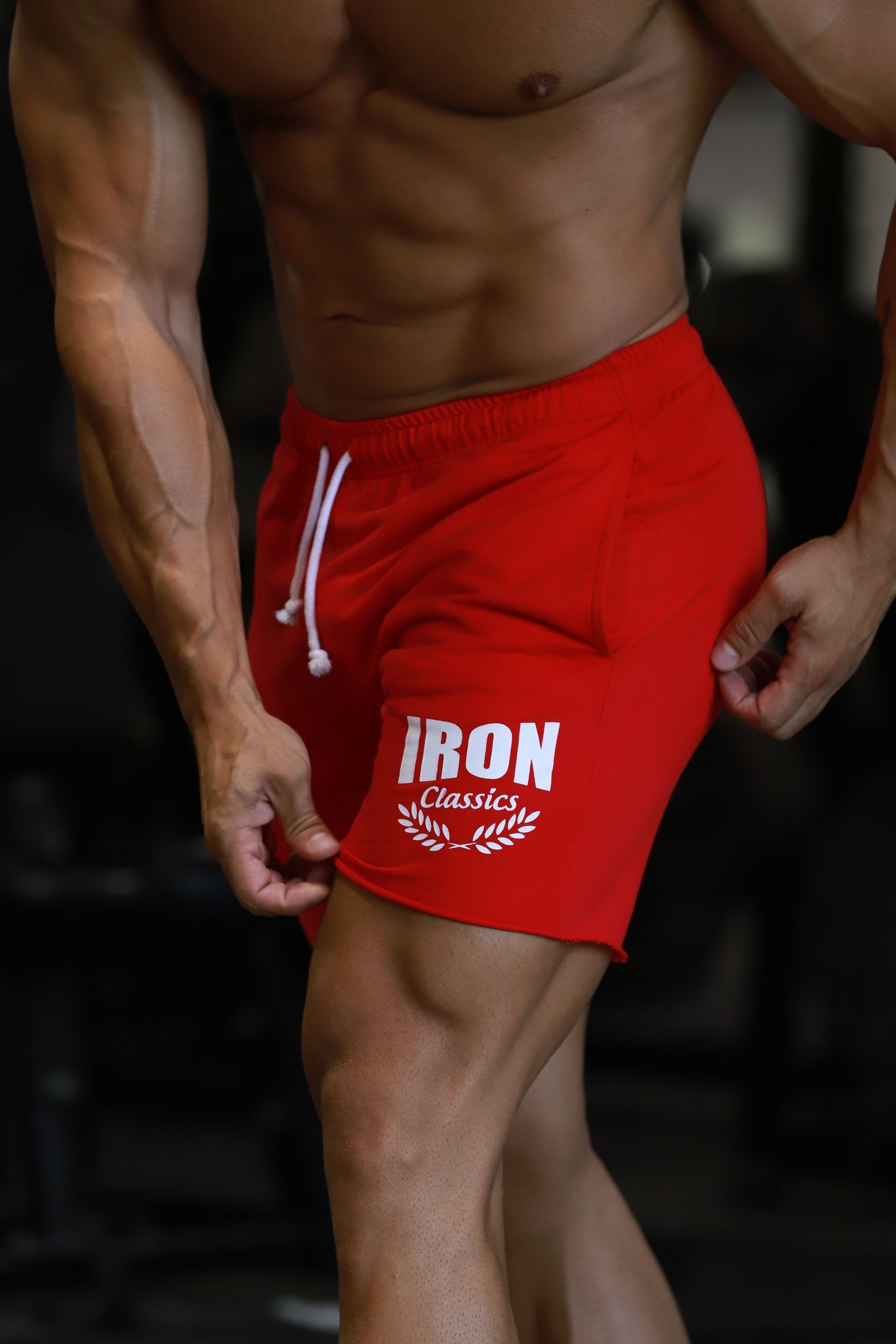
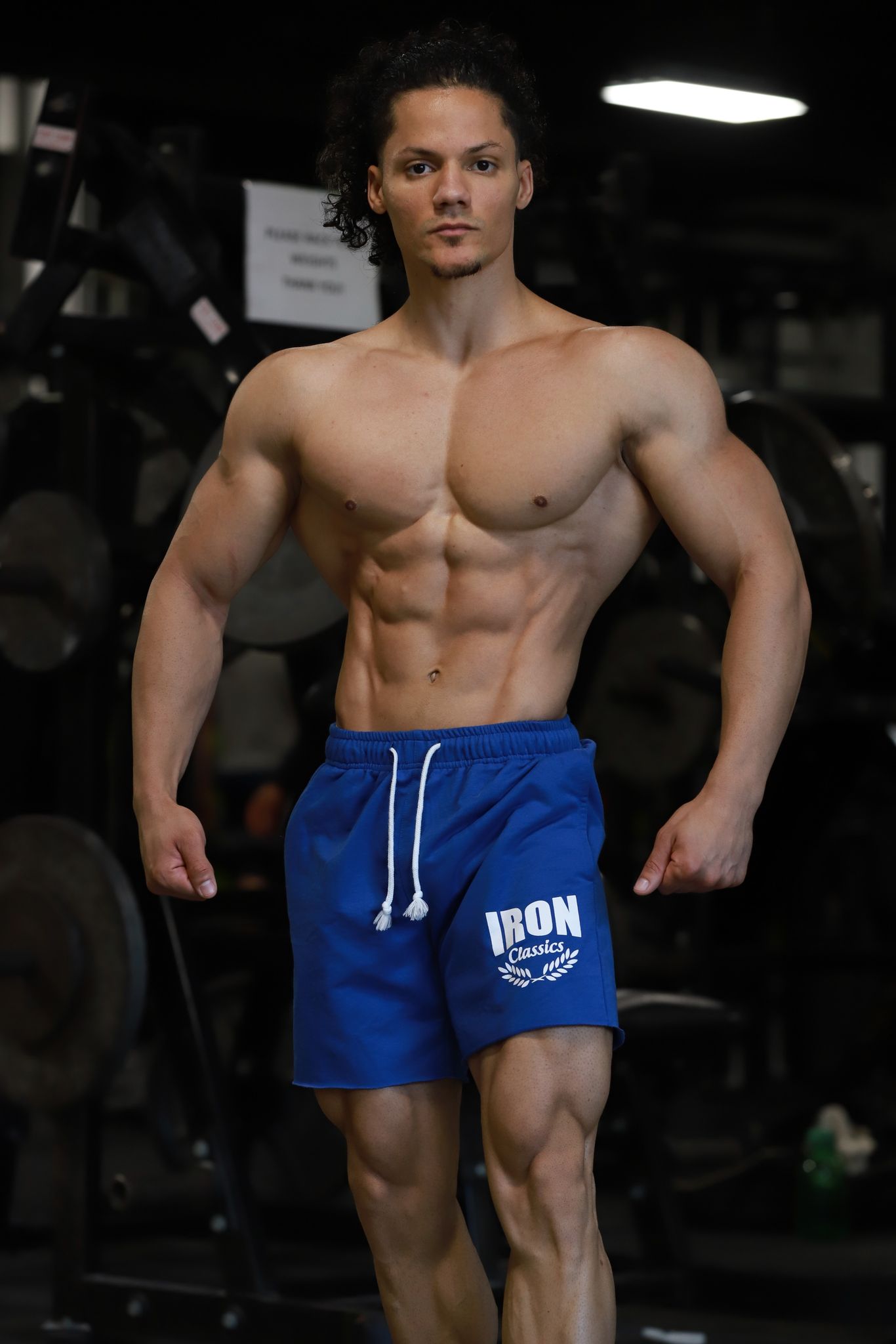
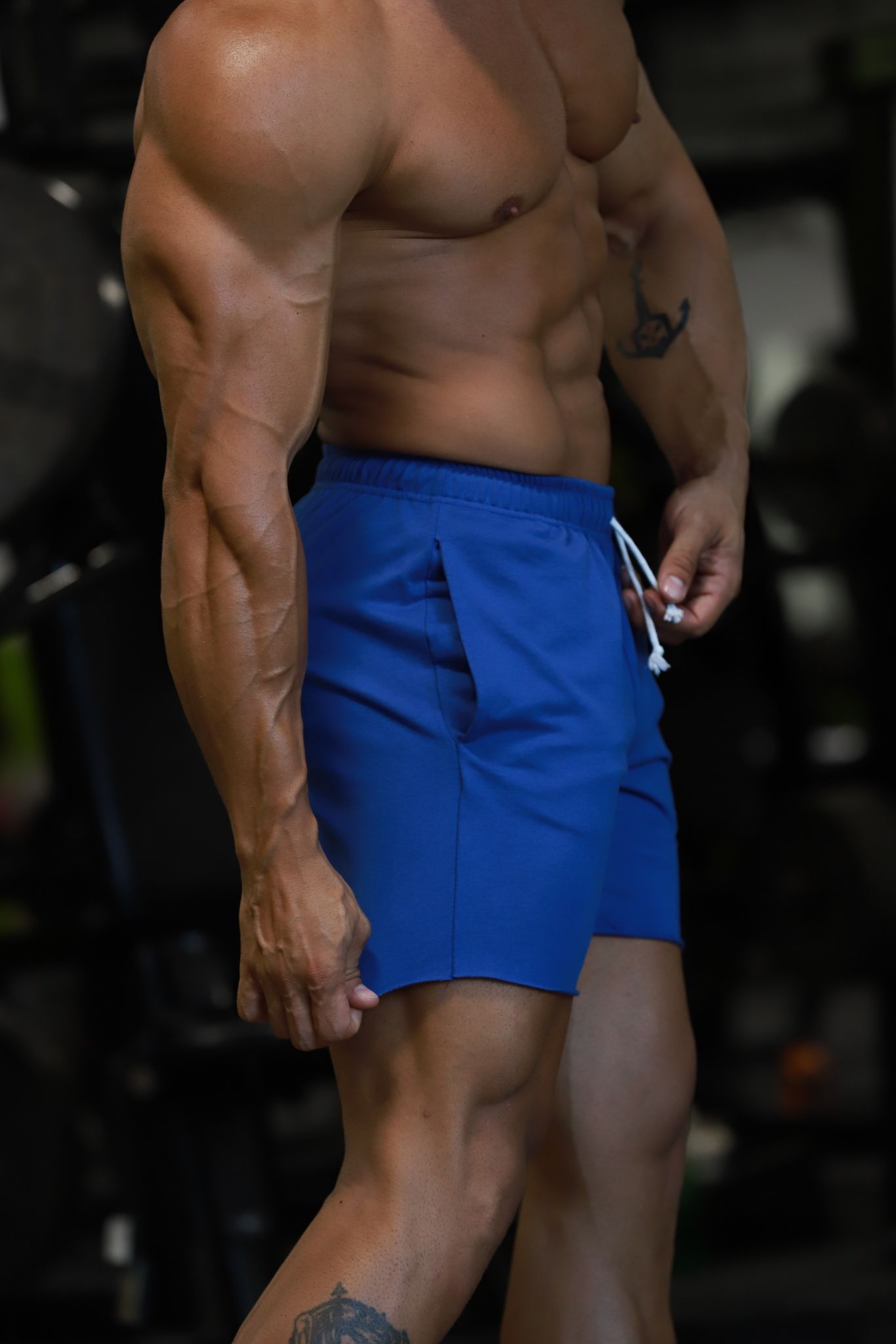
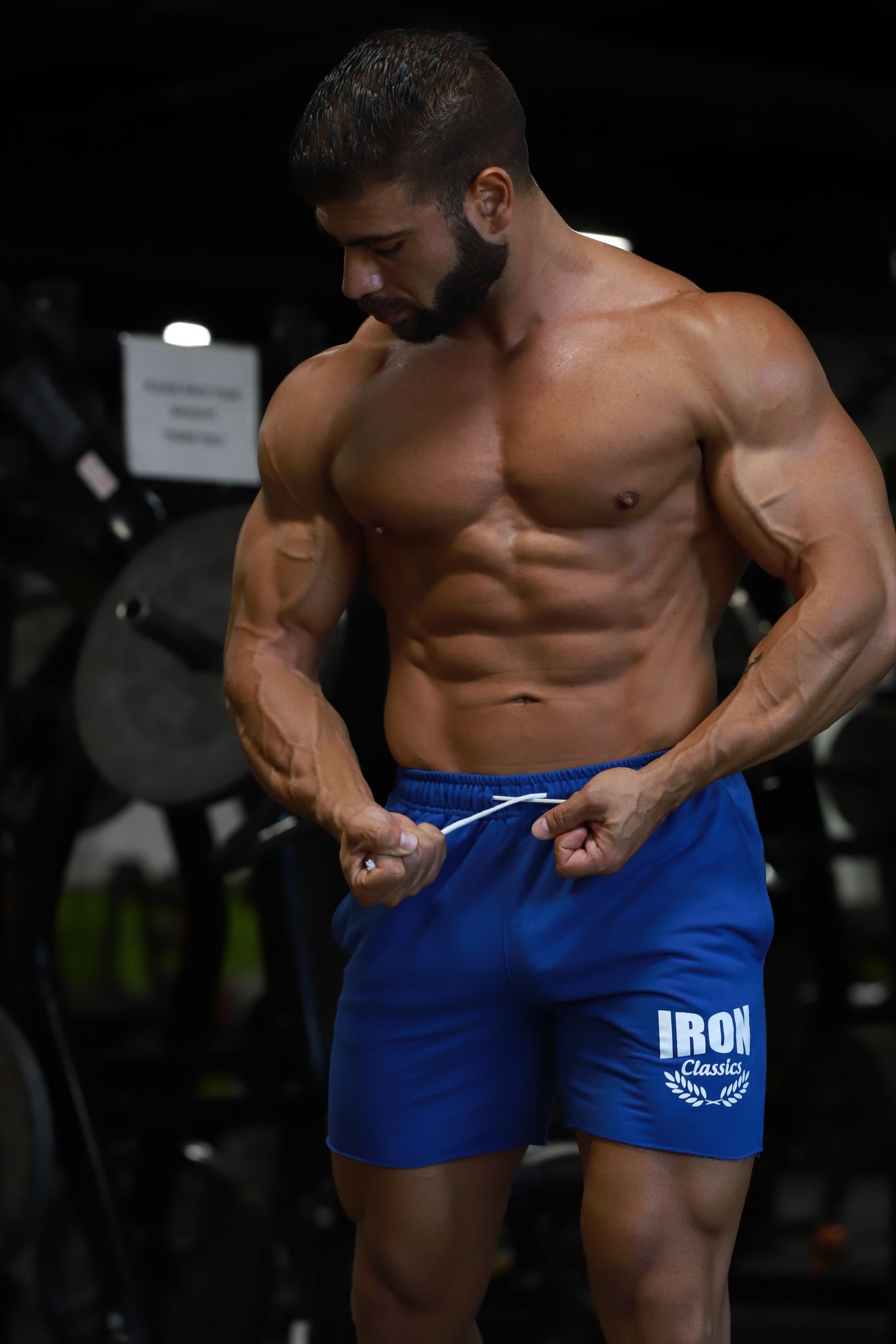
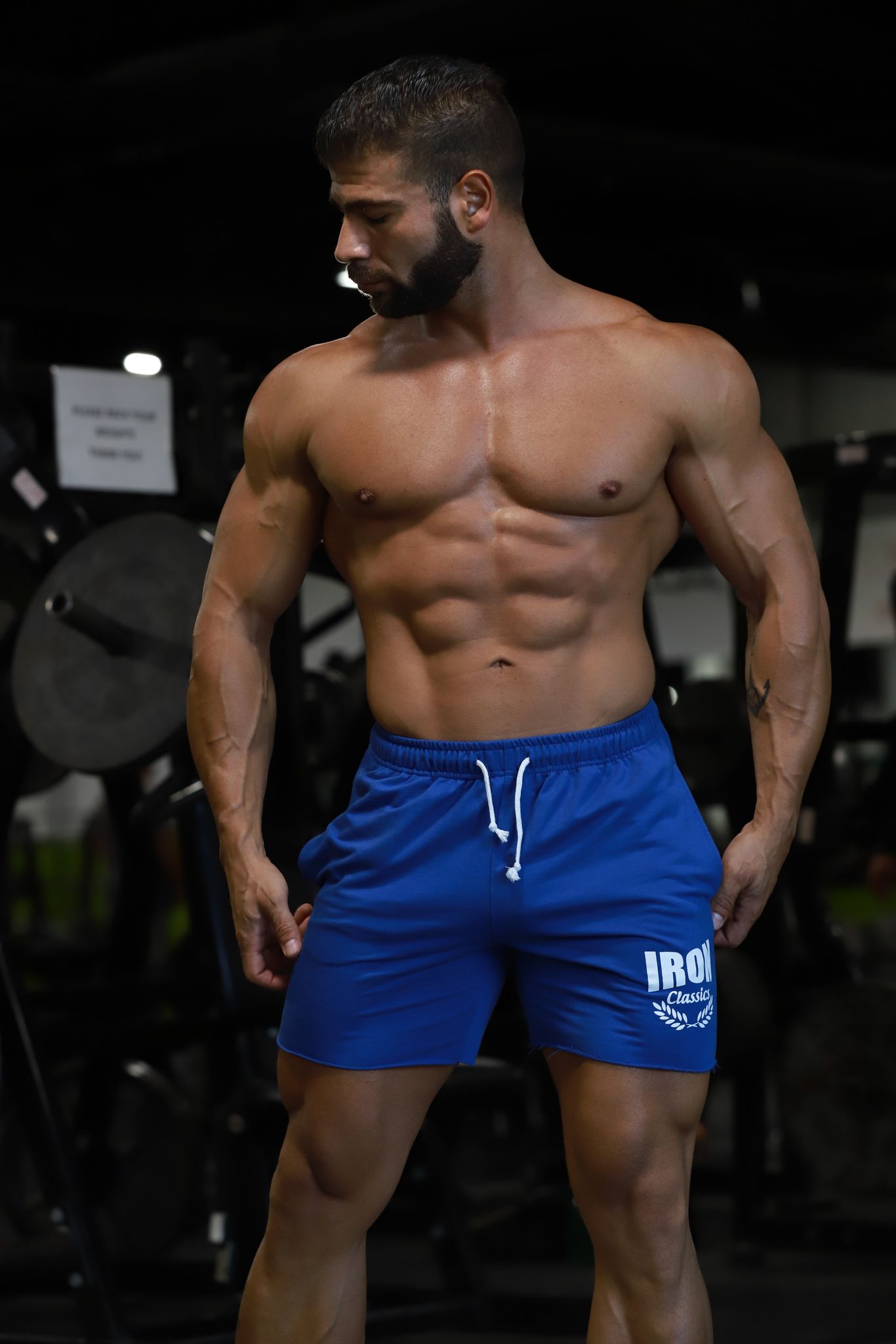
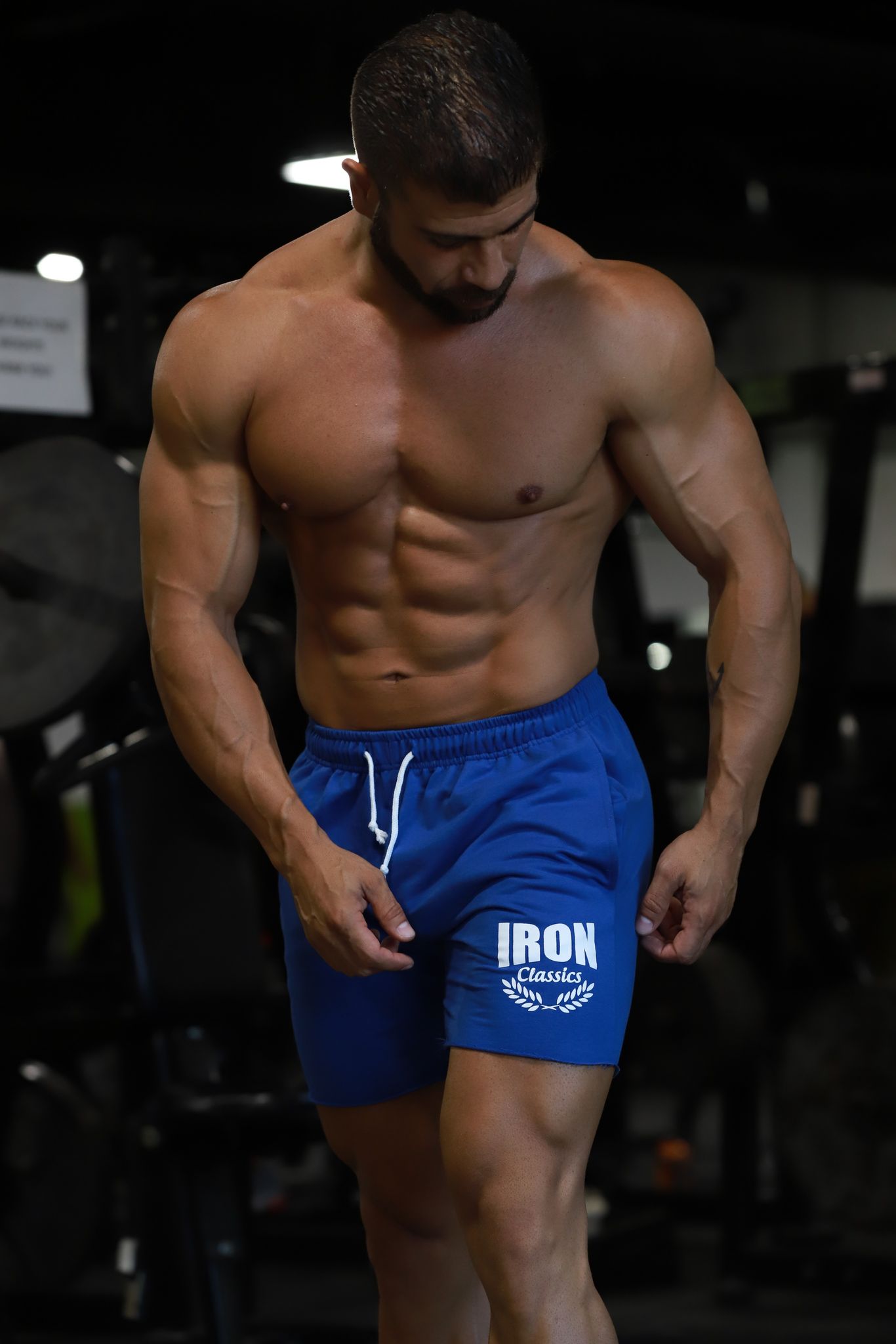
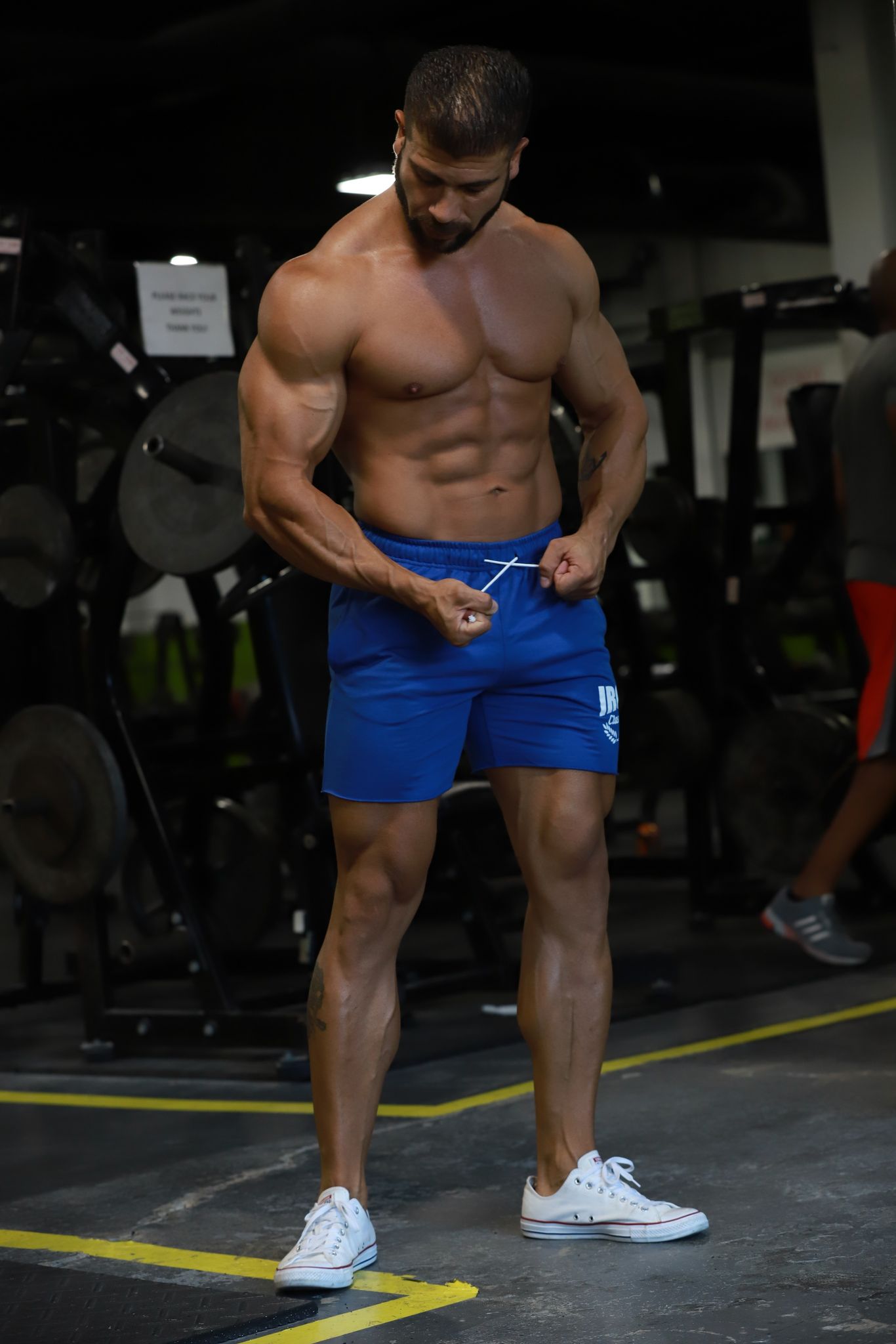
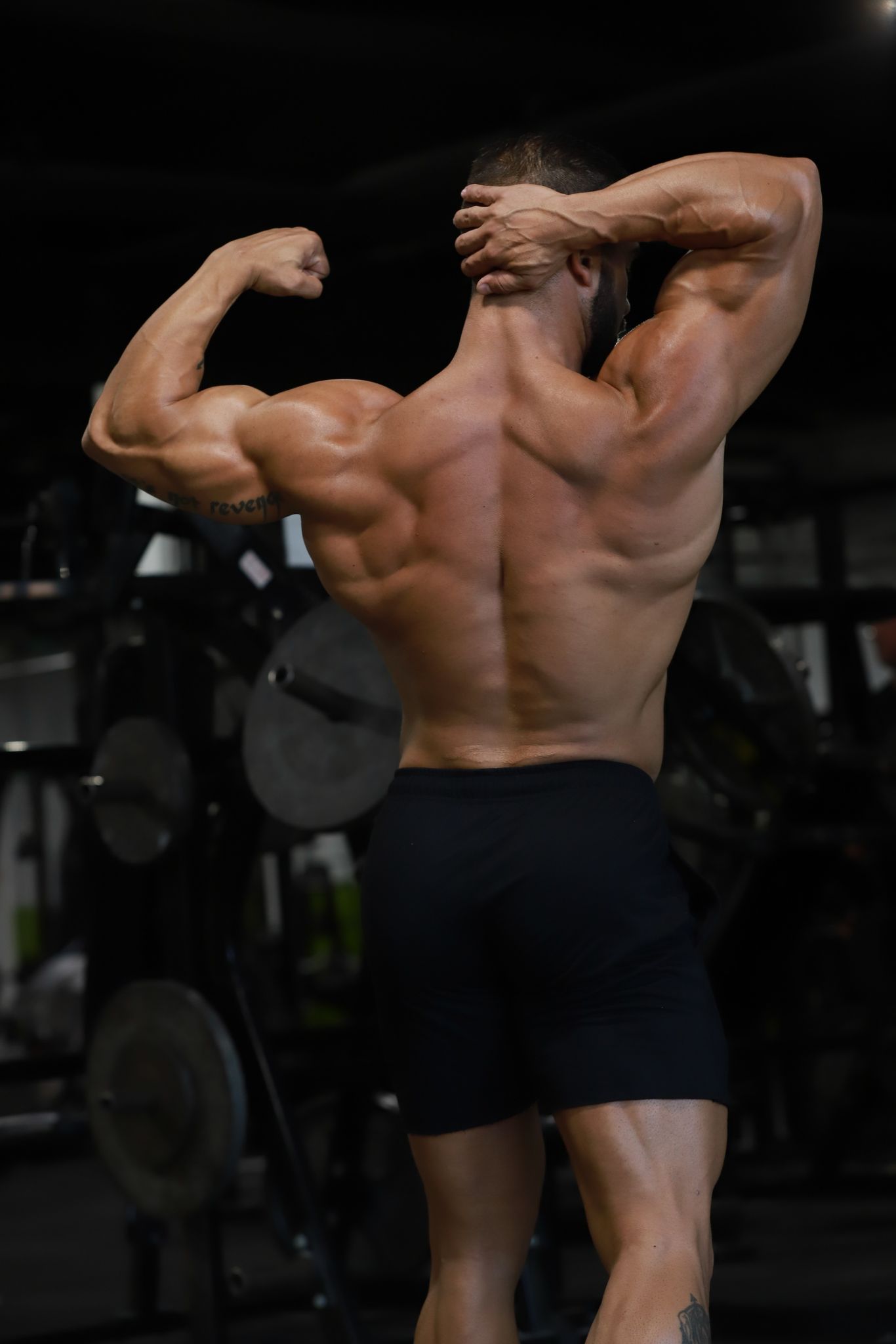
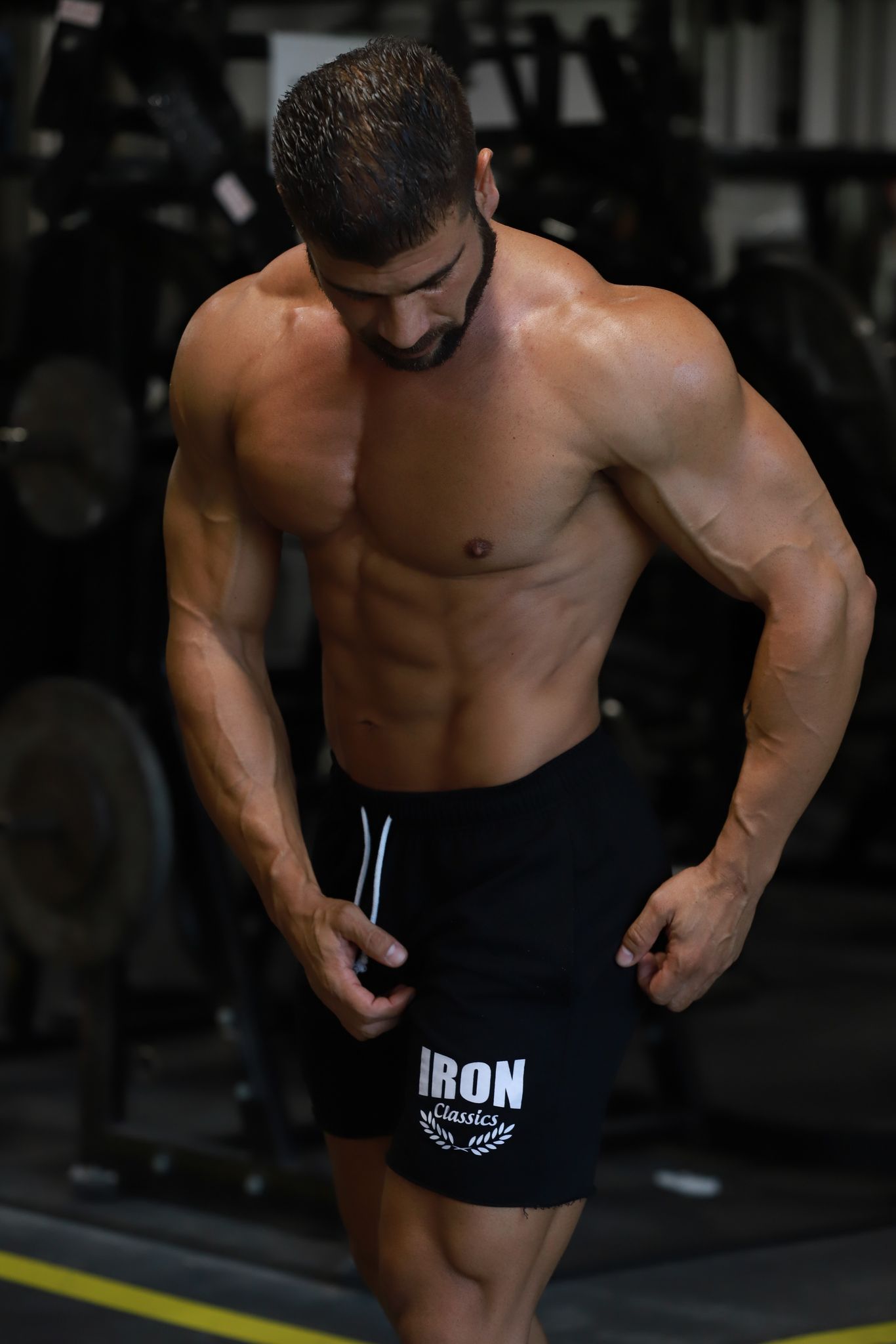
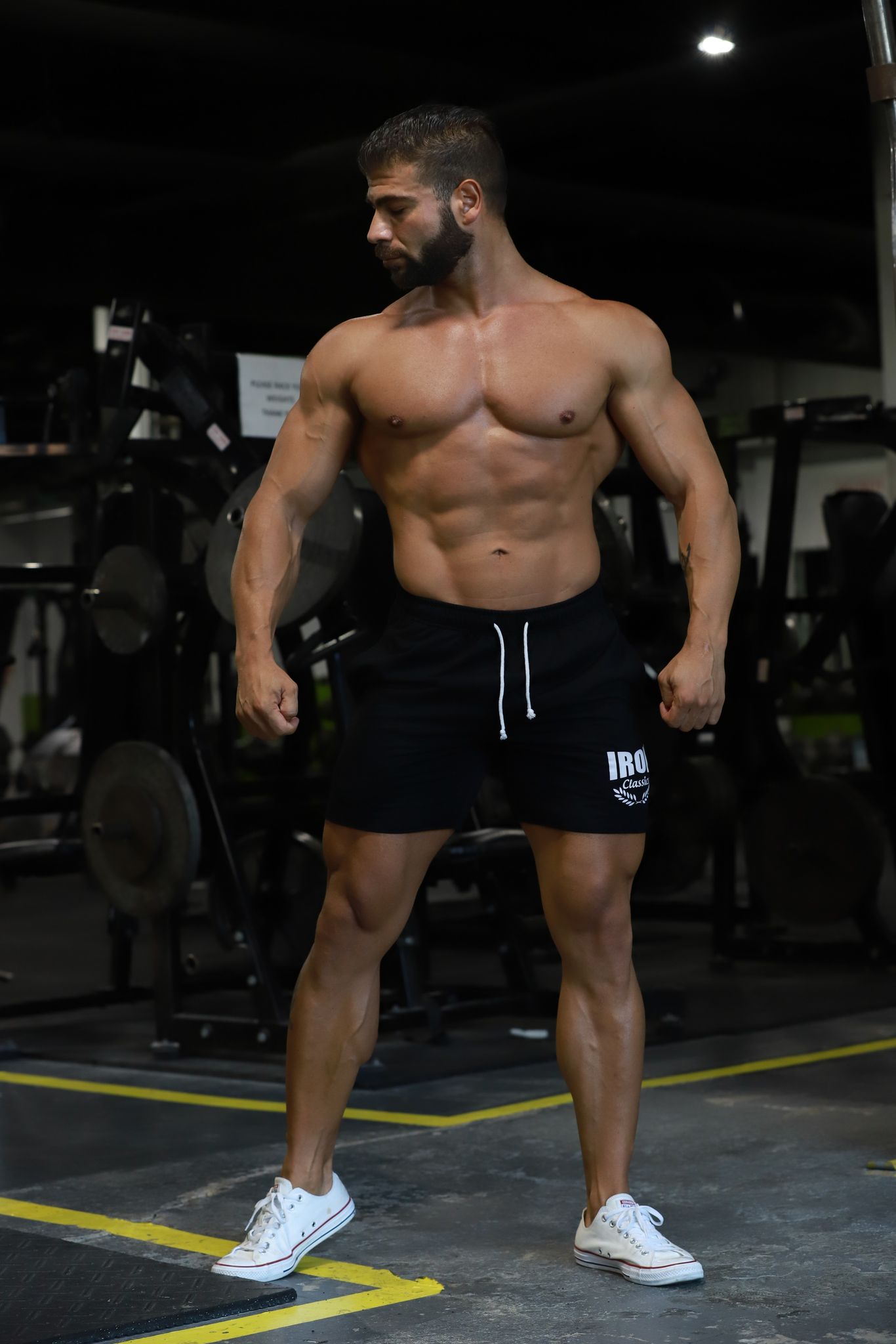
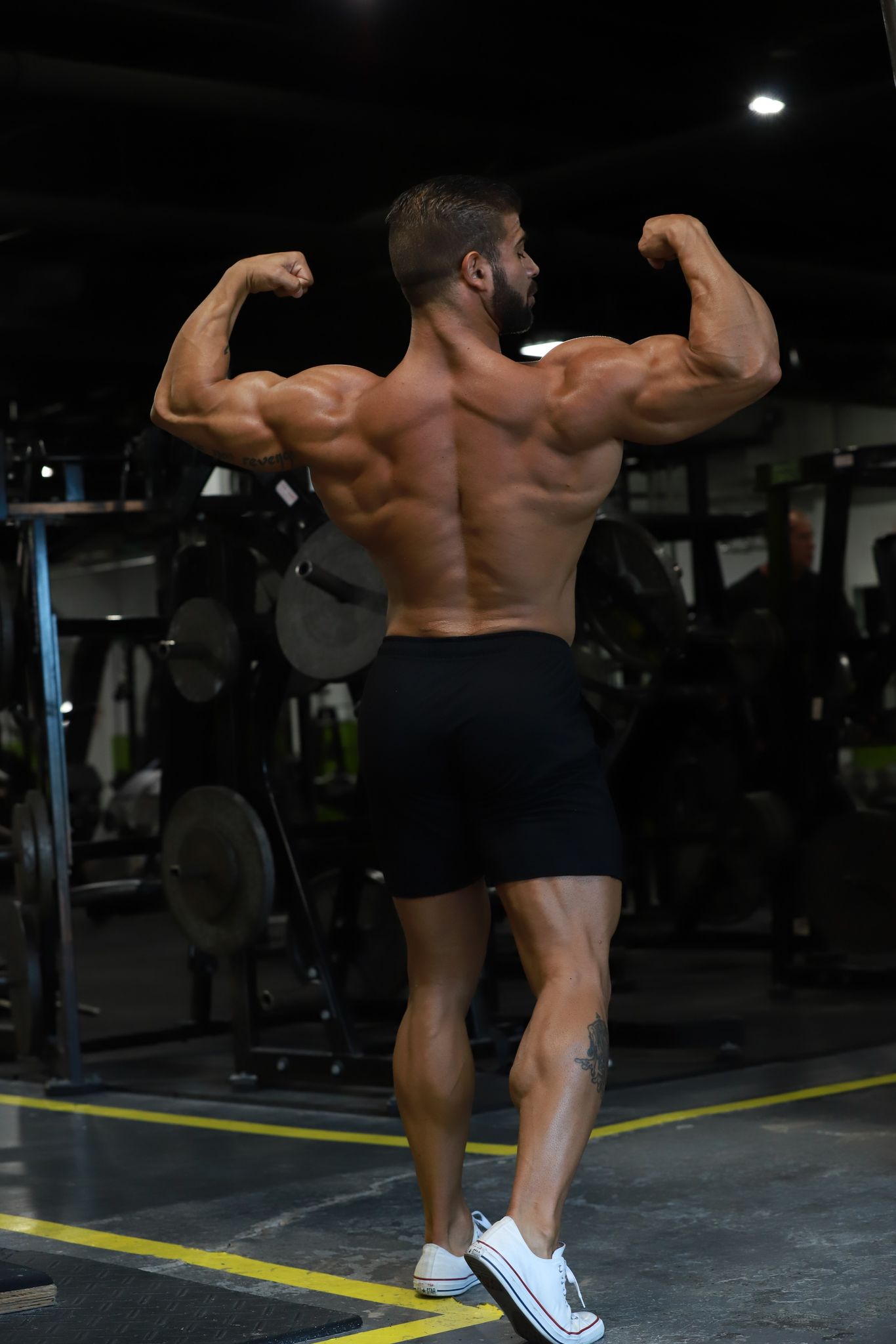
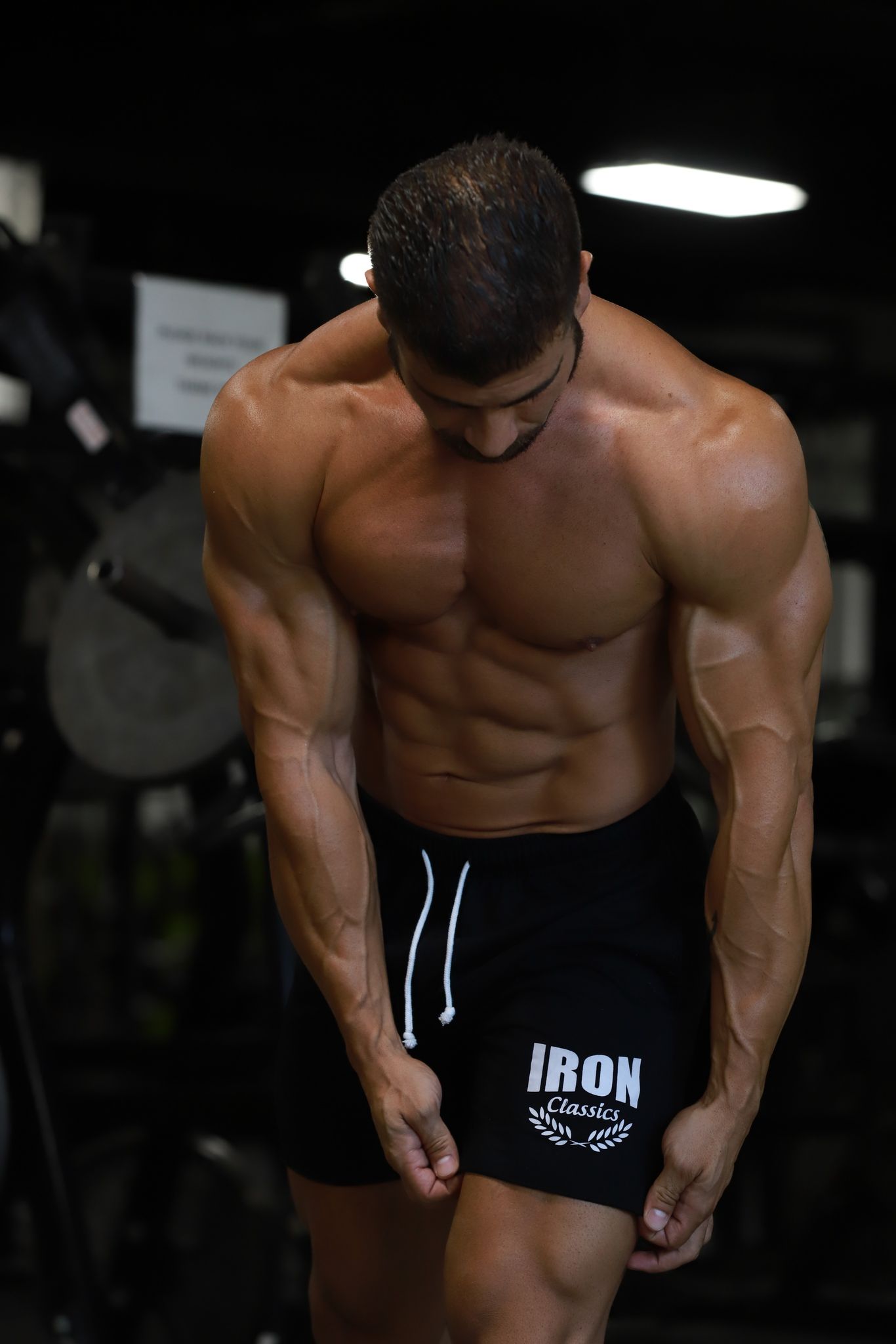
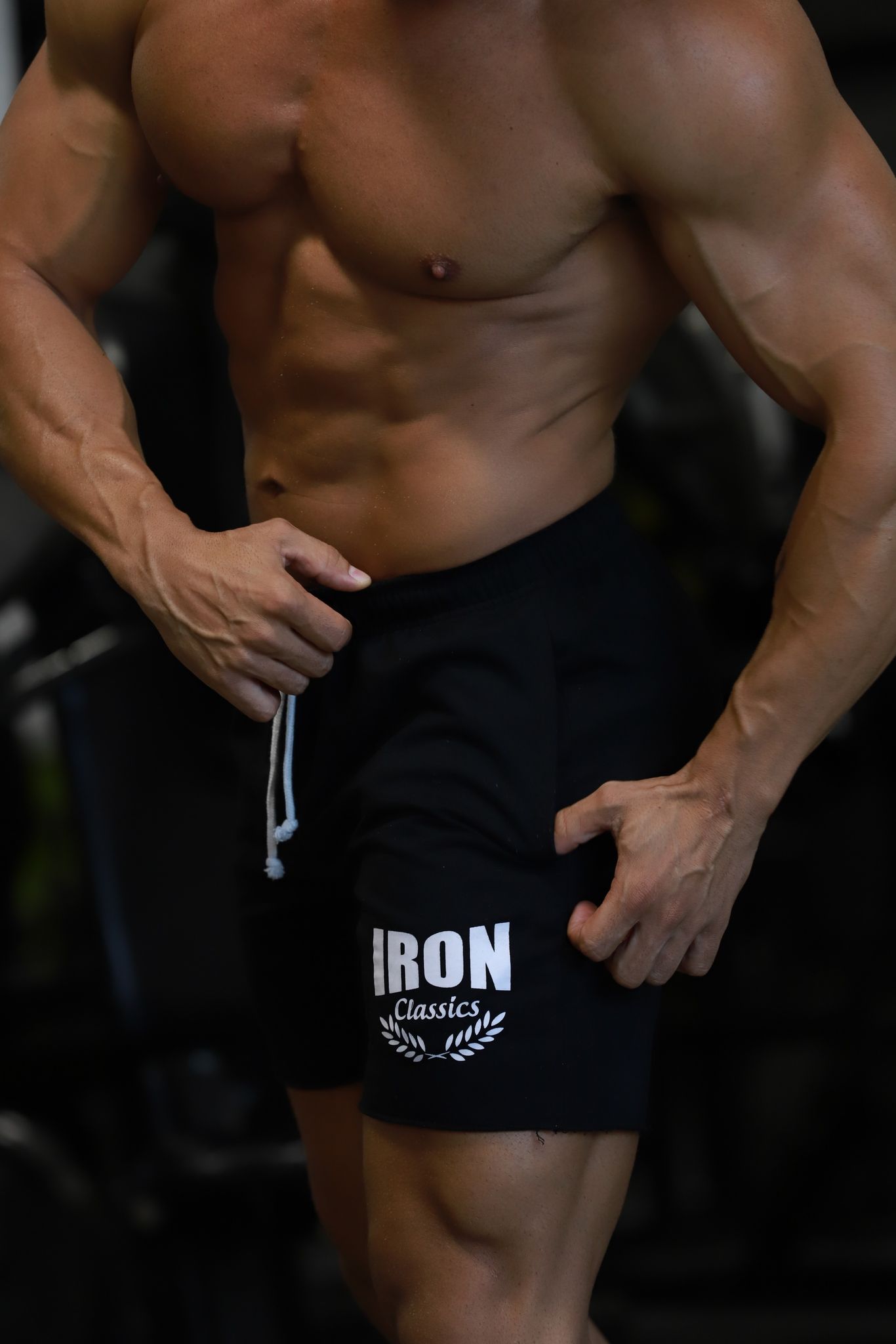
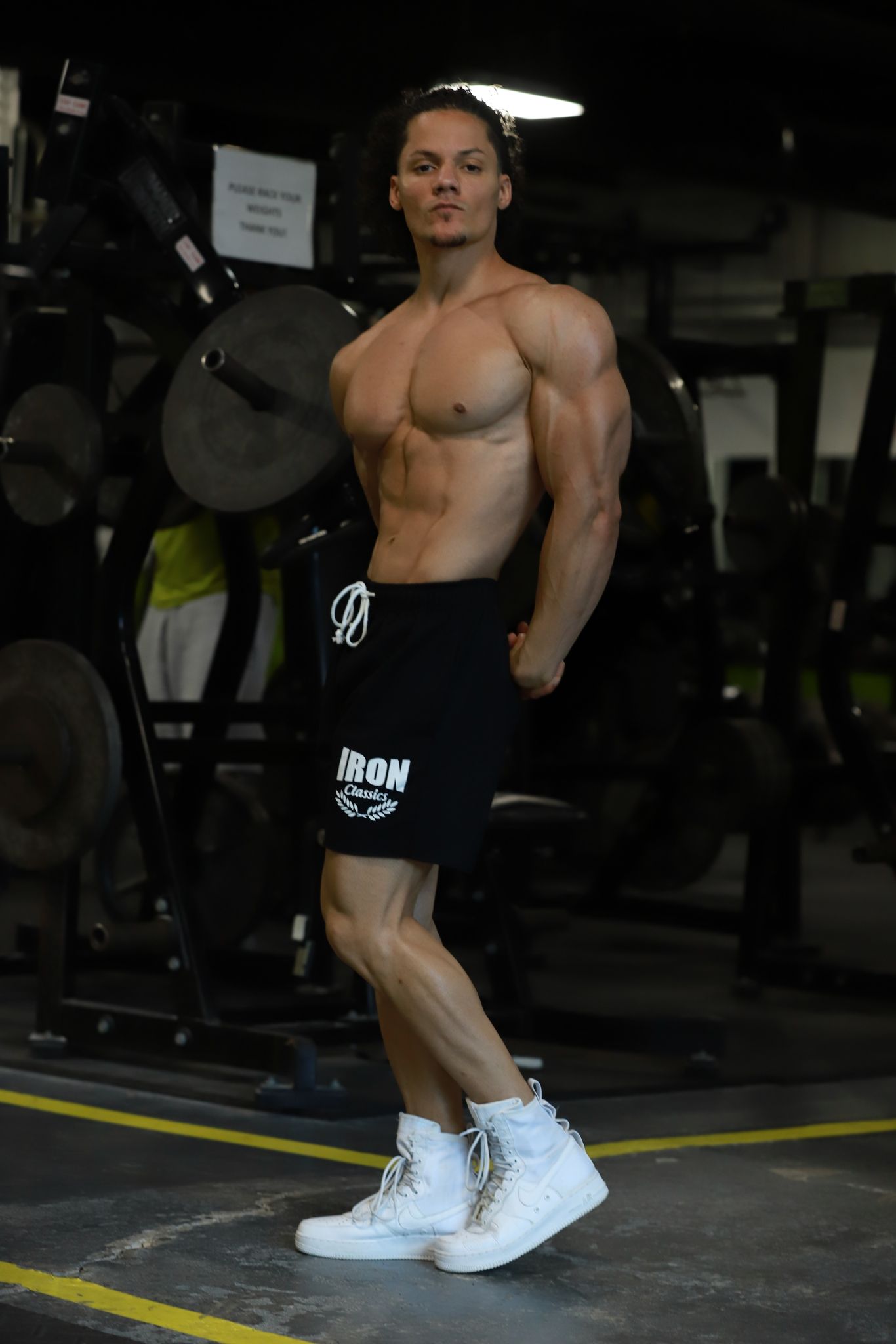
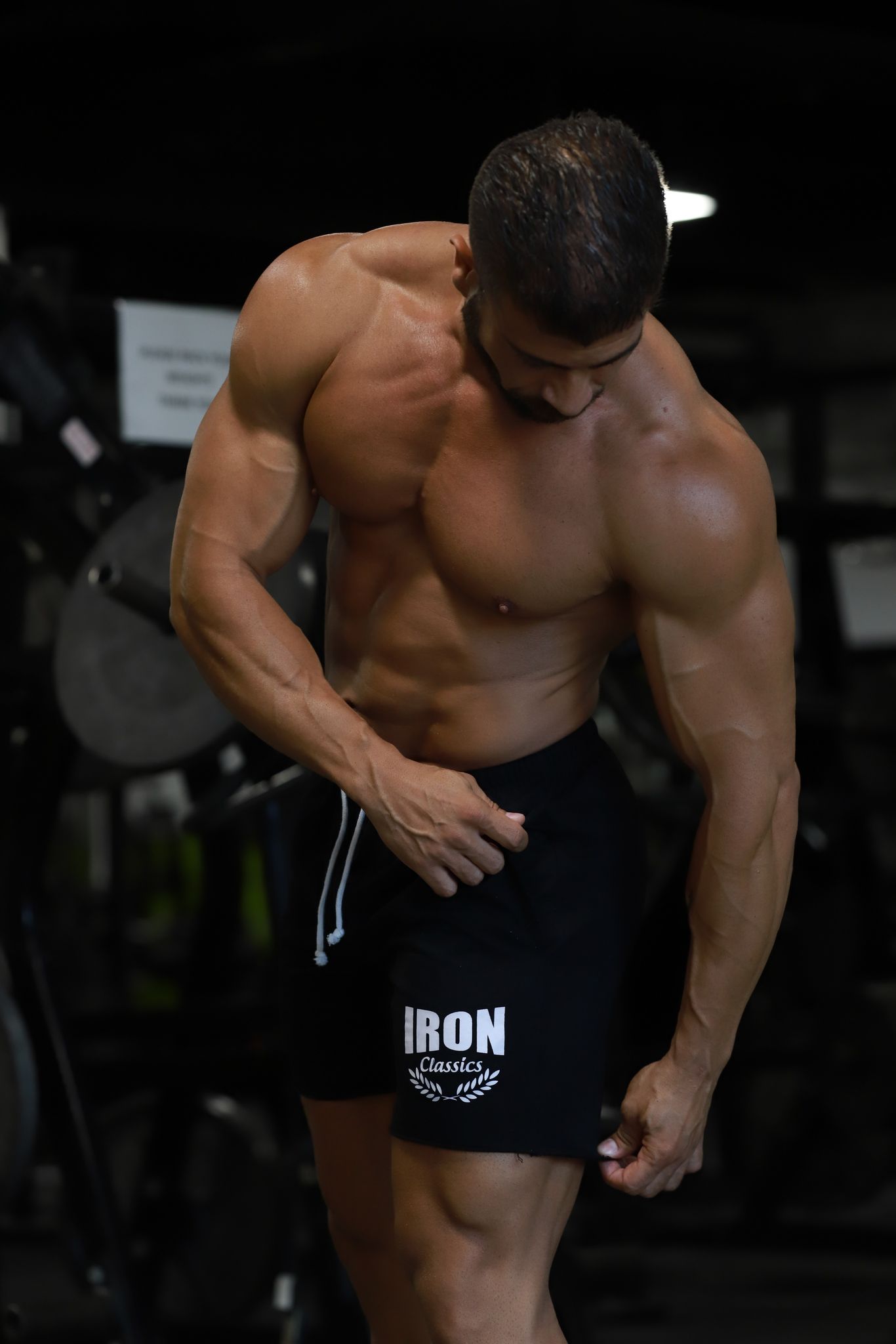
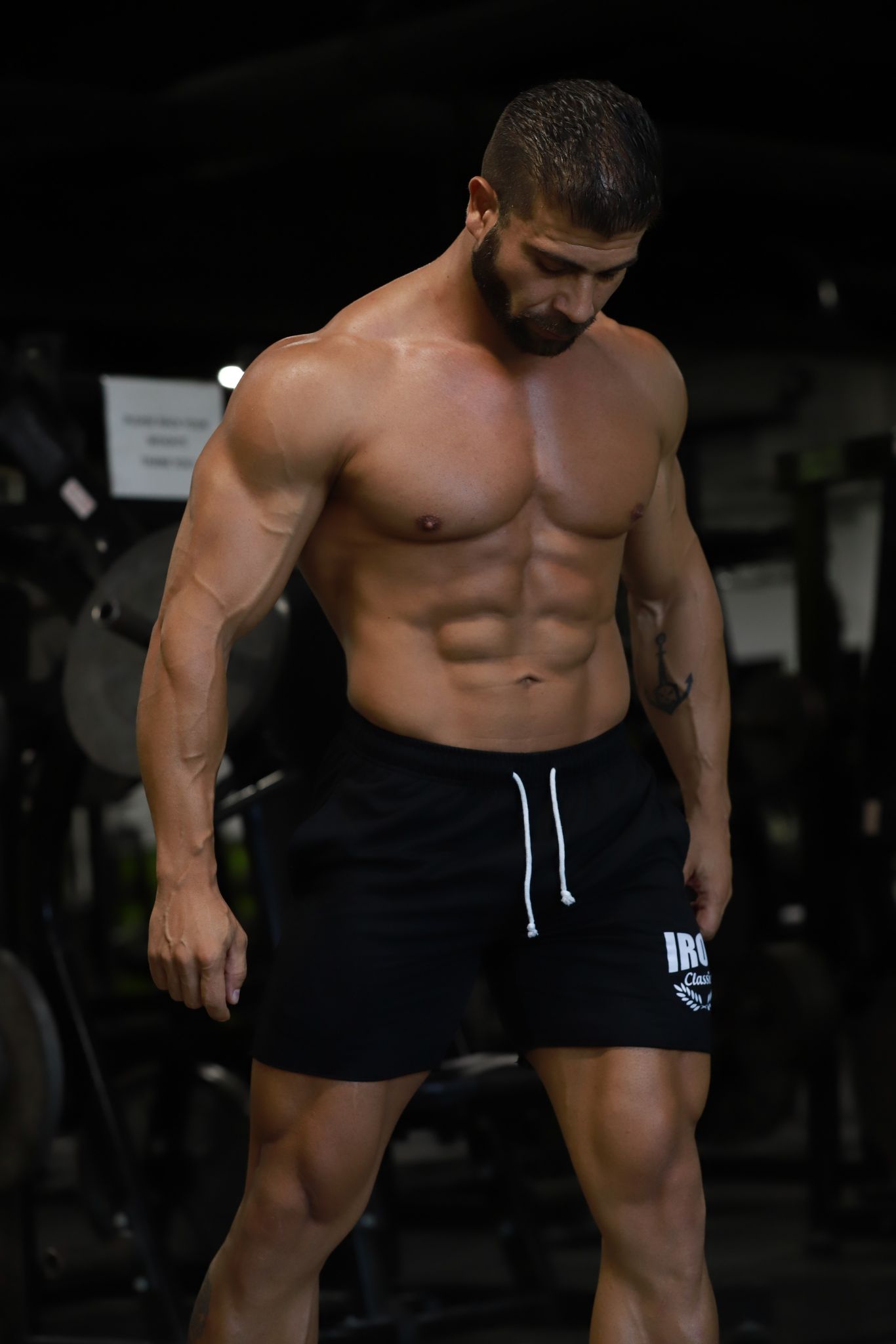
Reviews
There are no reviews yet.